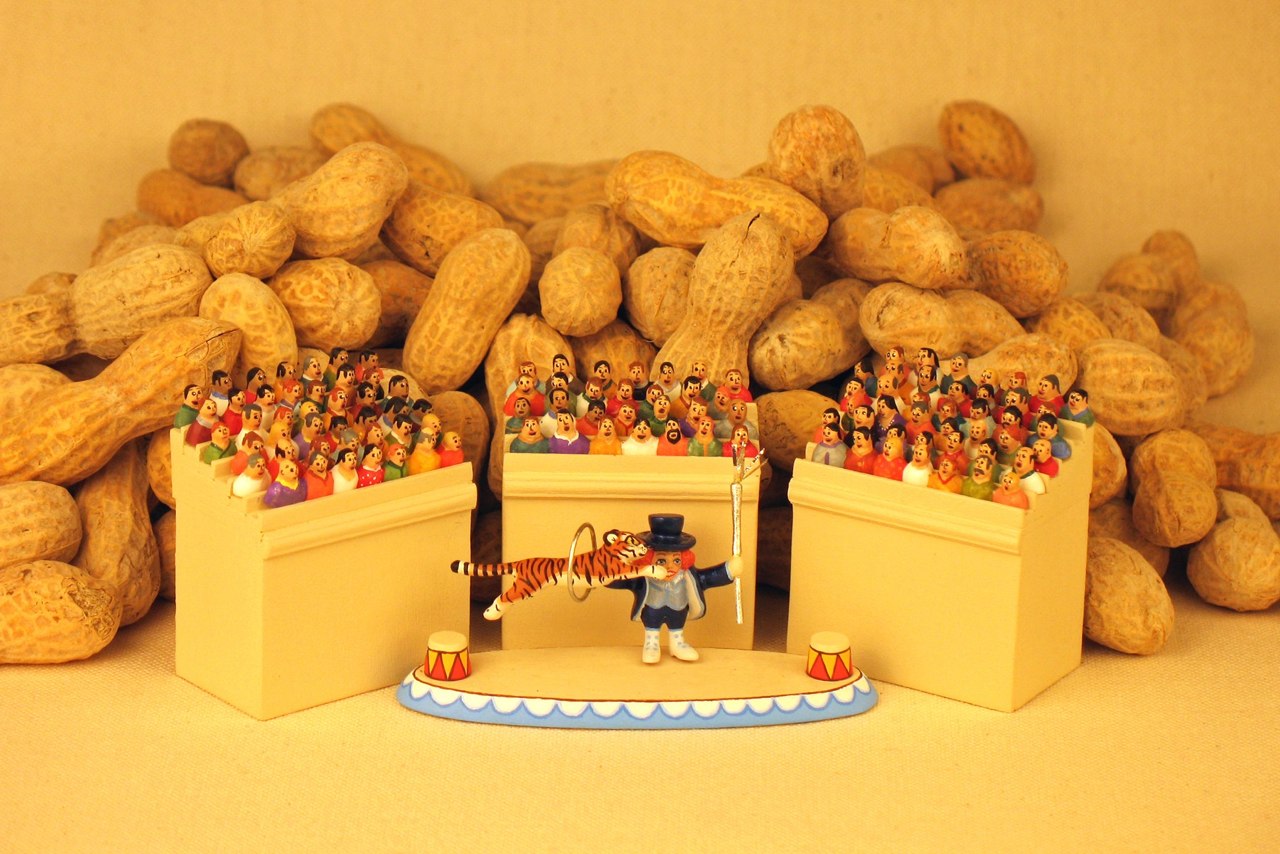Characters in Miniature by Colvin Dolls
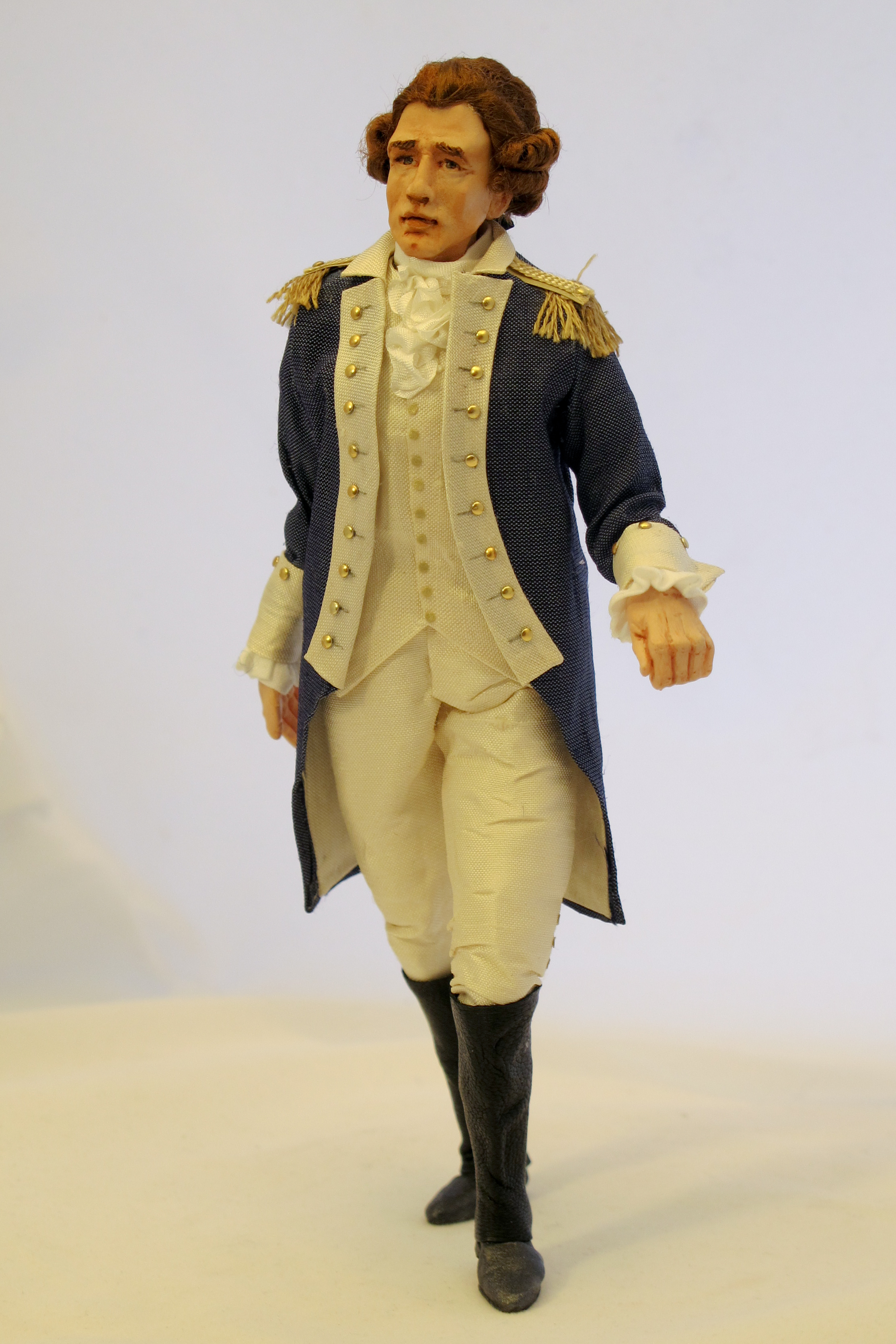 What’s your earliest memory with miniatures and dolls?
What’s your earliest memory with miniatures and dolls?
My earliest memories of dolls was the Ideal Toys Crissy doll whose hair grew when you gave it a tug and retracted when you pushed a button in the back. She was all dressed in orange! And Mattel‘s Dancerina Ballerina all dressed in pink with a plastic crown that you pushed to make her spin! Not miniatures of course.
My earliest memories of miniatures were dollhouses from that same era and the occasional clothespin dolls we made in Girl Scouts.
When I was studying figurative sculpture, I was always drawn to maquettes, (small scale studies for larger works). I believe that is where my interest in smaller scale representation may have been peaked. They seemed magical to me. In my late twenties, I saw some of Bernini’s and Camille Claudel’s maquettes on a trip to Europe and they made a lasting impression on me.
How did you first get started making lifelike dolls?
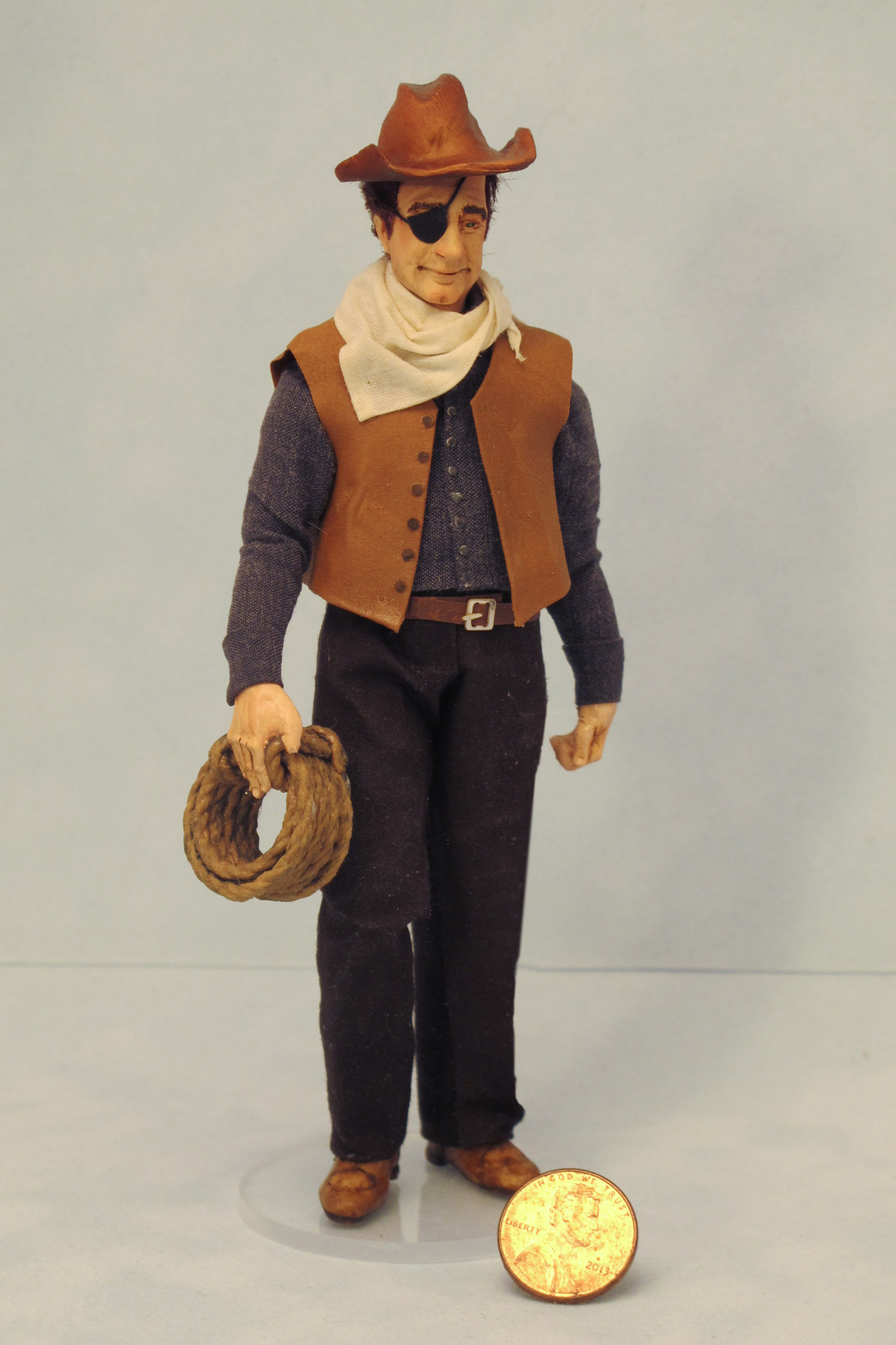 I needed occupants for a dollhouse I was making for my nieces. In 2005, my sister-in-law asked me to make a dollhouse for my two young nieces. I have a background in architecture so that intrigued me. I custom designed it, made the cabinetry and even custom crafted Georgian fireplaces with over mantles. The house became very elaborate, in fact too elaborate for the girls who were then 2 and 5. I built it in my father’s workshop frequented by his retired friends. They were actually very interested in the construction the dollhouse. One day, one of them asked, “where are the people?” That was when I started making 1:12 scale figures for the house.
I needed occupants for a dollhouse I was making for my nieces. In 2005, my sister-in-law asked me to make a dollhouse for my two young nieces. I have a background in architecture so that intrigued me. I custom designed it, made the cabinetry and even custom crafted Georgian fireplaces with over mantles. The house became very elaborate, in fact too elaborate for the girls who were then 2 and 5. I built it in my father’s workshop frequented by his retired friends. They were actually very interested in the construction the dollhouse. One day, one of them asked, “where are the people?” That was when I started making 1:12 scale figures for the house.
What was the first doll you created?
The first miniature doll I created was a papier-mâché 18th century lady with a Marie Antoinette-style wig totally from my imagination… face, costume, and all. I still have her in my workroom staring down at me from the doll case.
How has your work evolved over the years?
The first doll I made is nothing like the dolls I make now. Today, I work in polymer clays and artist’s resins and almost never make a face or costume without some sort of real life reference.
The desire to improve keeps me creating. I am motivated more by the process than the end product but the two are intricately linked. I am always looking for ways to better my technique and I experiment a lot.
Do you have a favorite character that you create?
I suppose I am partial to sleuths like Miss Marple and Sherlock Holmes but I don’t have a favorite character that I create. I often do re-make doll characters. Sometimes because customers ask me to and sometimes because I want to see how my eye has developed over time and I will compare them to the previous ones that I’ve made.
Any favorite characters that you have yet to make but are on your t0-make list?
I want to make Queen Elizabeth I and her court. Then Henry the VIII, all those great Tudors. My dream would be to collaborate with someone to make the environments! And to have the leisure of taking all the time I need to get to every last detail.
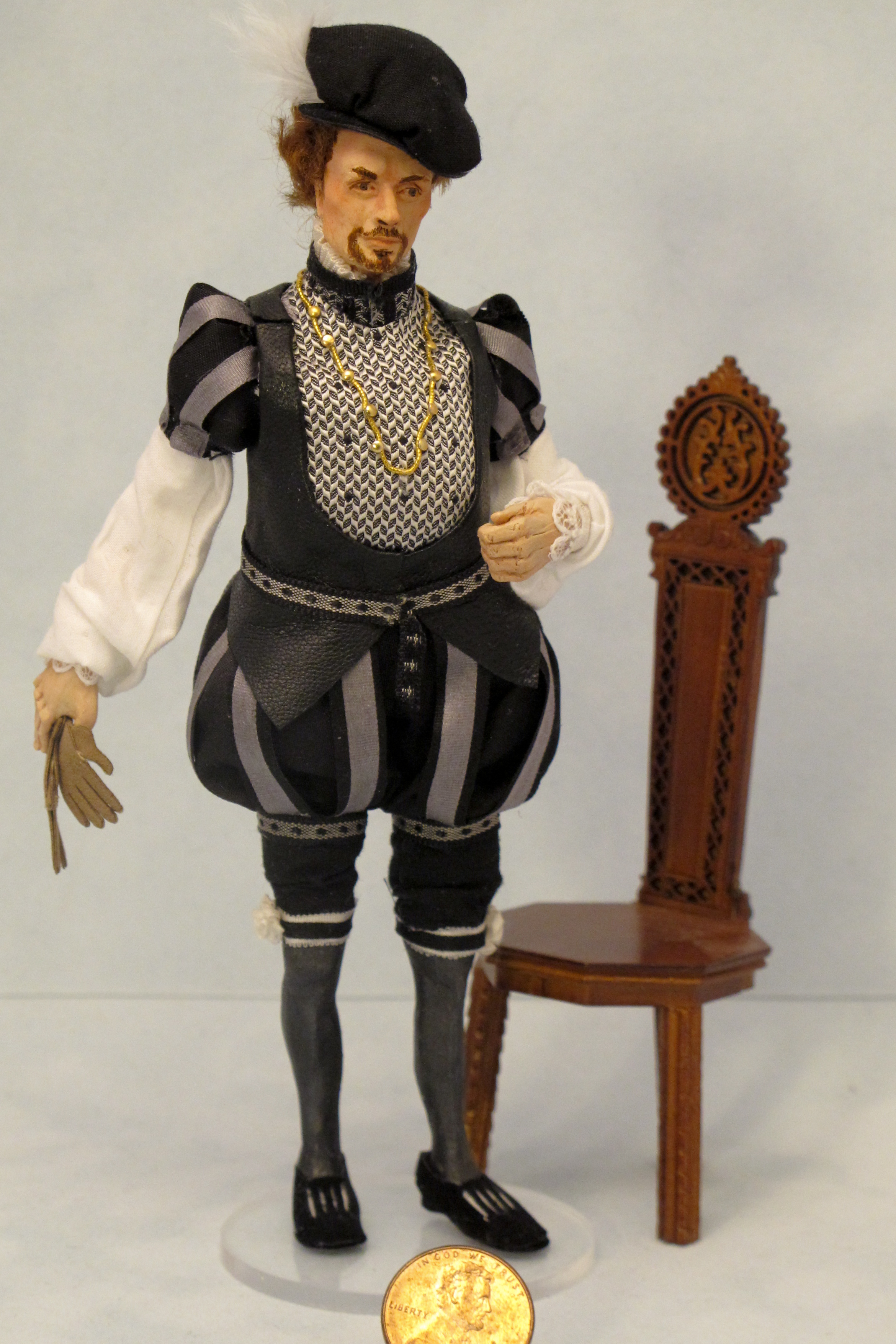 How did you first become involved with IGMA and the annual Guild Show?
How did you first become involved with IGMA and the annual Guild Show?
I was asked to be in the show by one of their members from my home state who I knew from other miniature events. I knew of IGMA‘s excellent reputation early on from forums online and then when I started selling dolls at shows from talking to other doll makers and miniaturists.
Advice for beginner dollmakers and artists?
My studio professors taught me valuable lessons about hard work and persistence. I used to believe artists were somehow divinely gifted and great work was magically produced by their hand any time they picked up the tools. I had no idea the amount of hard work and study that went into art to make magic happen.
Work at it often. The more you do it the better trained your eye becomes. Creating art is no different from any other task, you need to do it on a regular basis in order to improve. Great work comes from hard work.
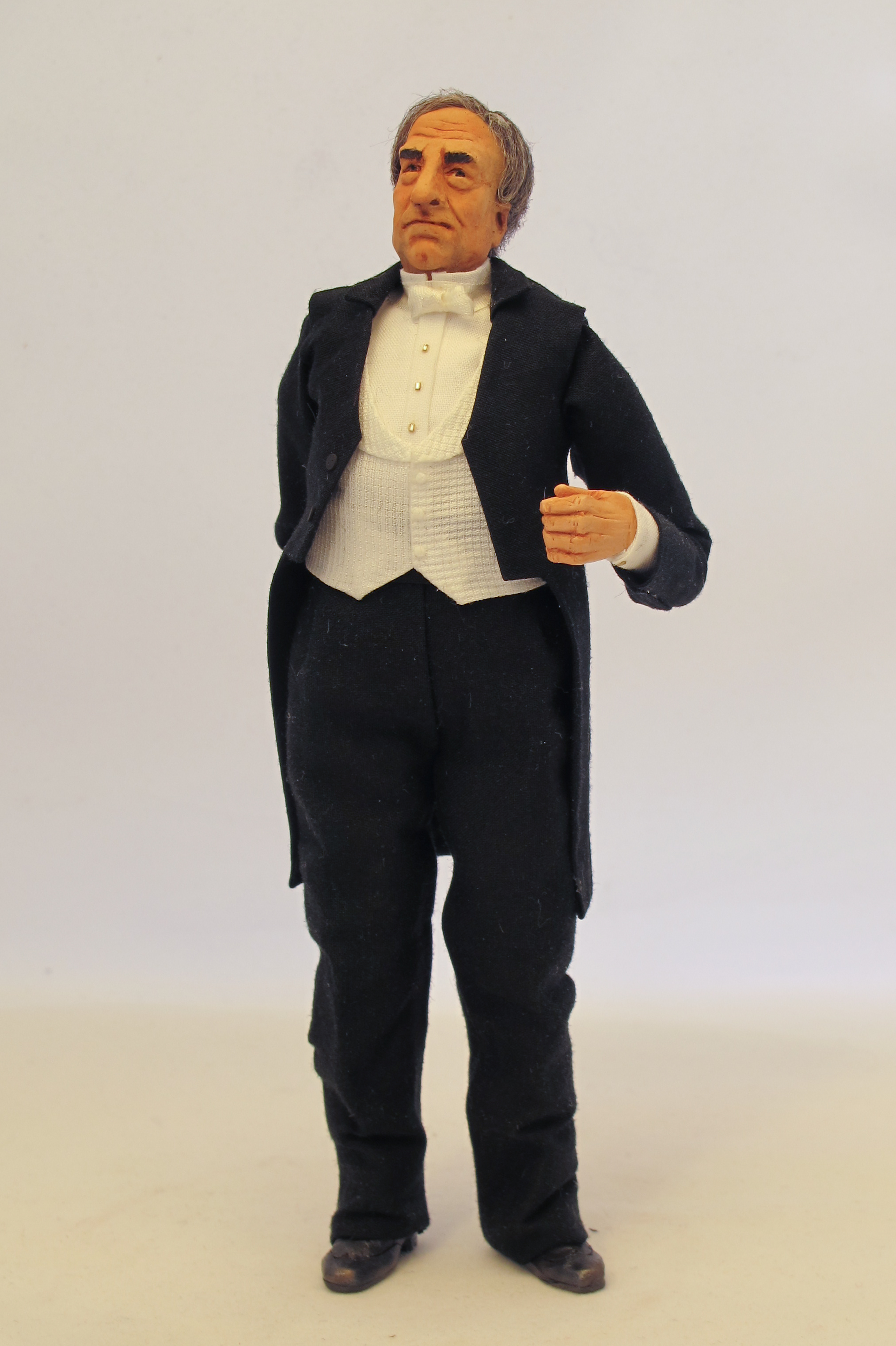 What is the most memorable doll or miniature you have ever seen by another artist?
What is the most memorable doll or miniature you have ever seen by another artist?
A maquette by Bernini in the Vatican. It was in a glass case in a hallway, so not a prominently displayed piece of art, more artifact from the work room of the sculptor. I can remember seeing the straw like fibers mixed in the red clay to create an armature or perhaps to strengthen the figure. It was extraordinary how a small study for a larger work could have so much intensity and power of expression.
What do you want doll and miniature fans to know about you?
I love running, kayaking, and boating. I would love to learn how to sail.
Colvin Dolls is based in Wilmington, NC and headed up by Sherri Colvin. To shop the collection or view more dolls, visit the Colvin Dolls website or follow along on Facebook.
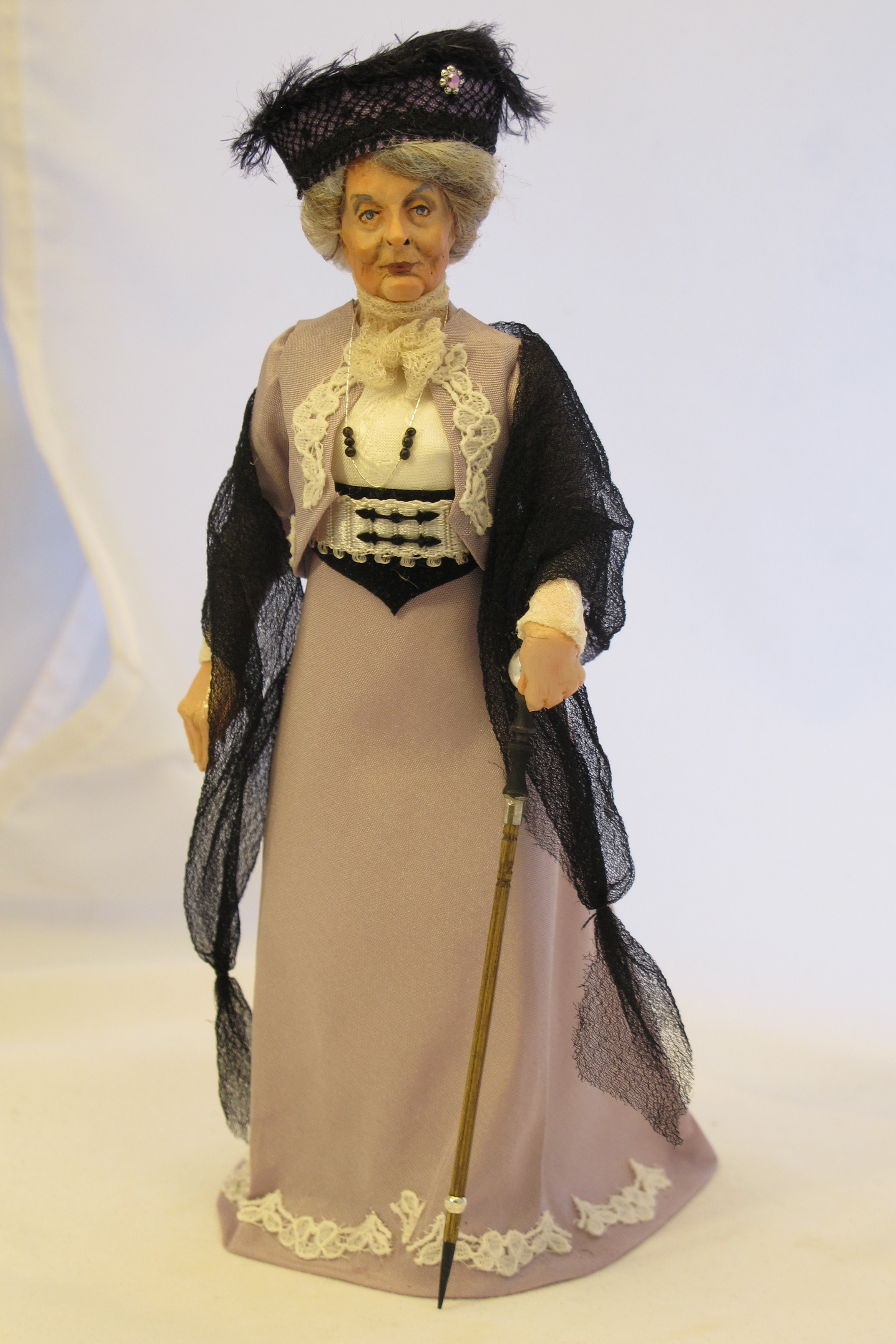
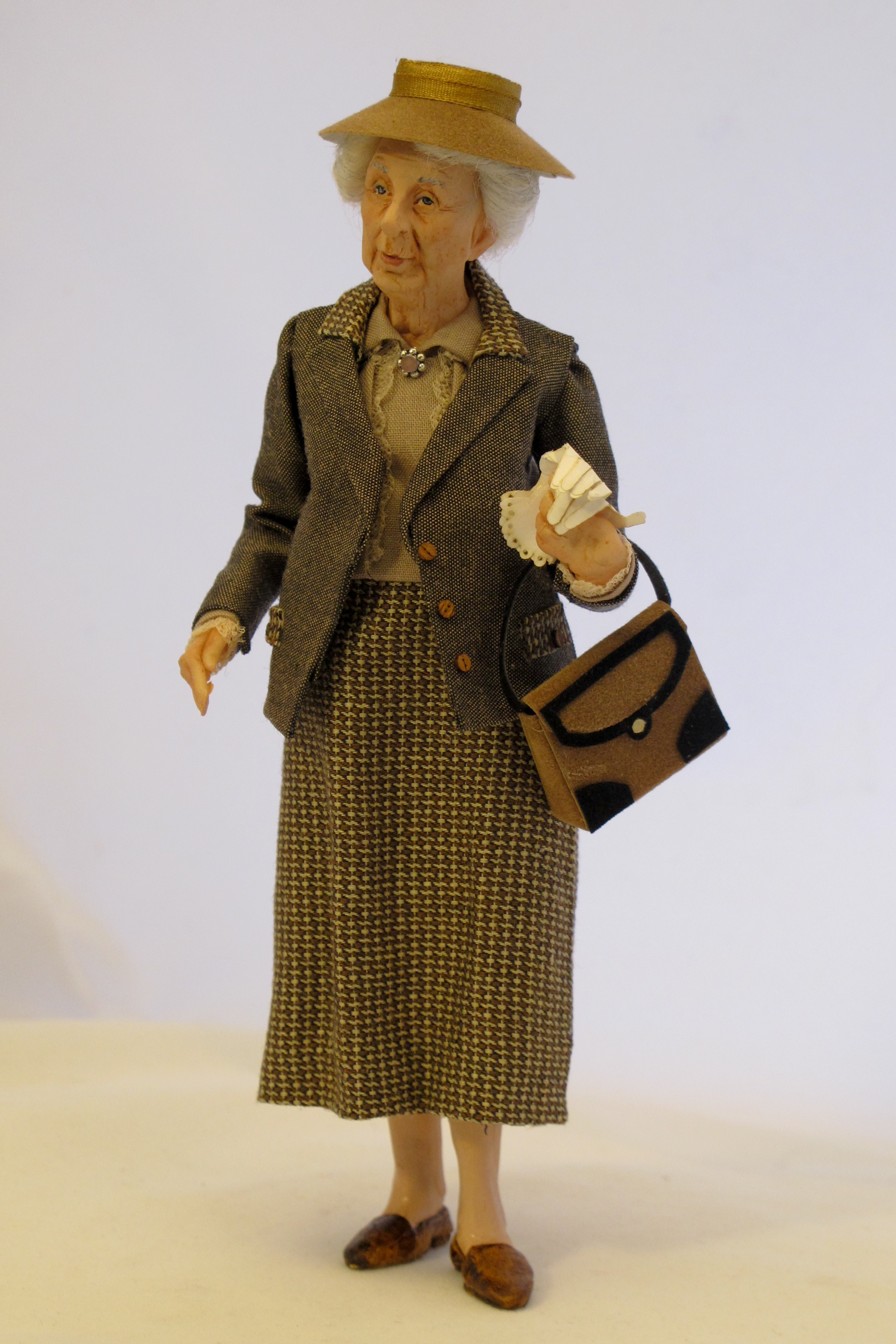
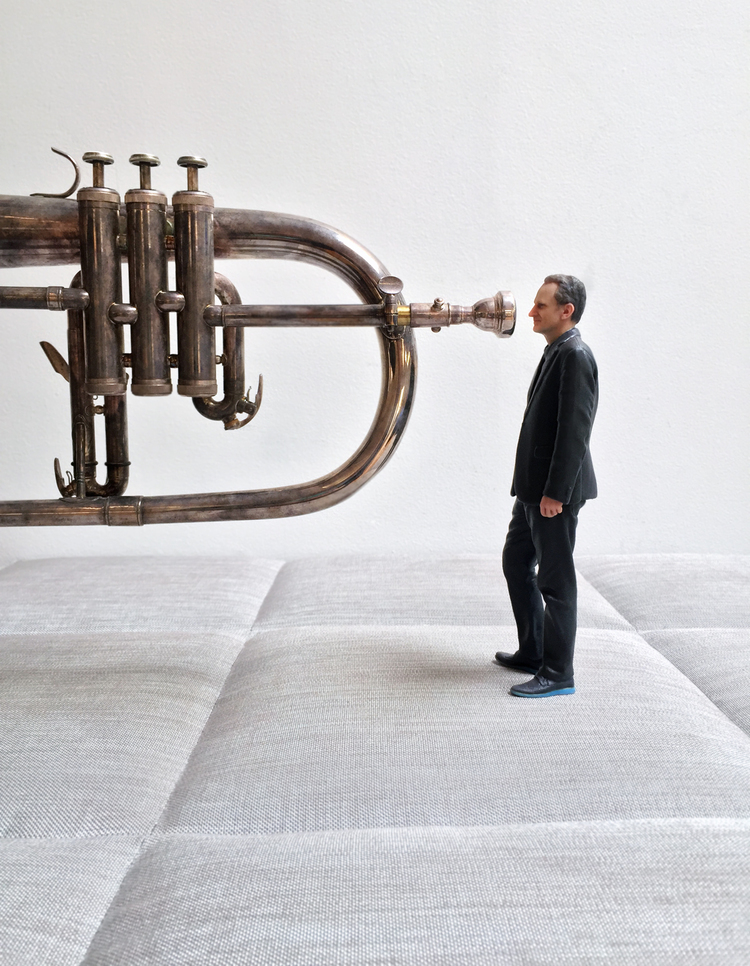

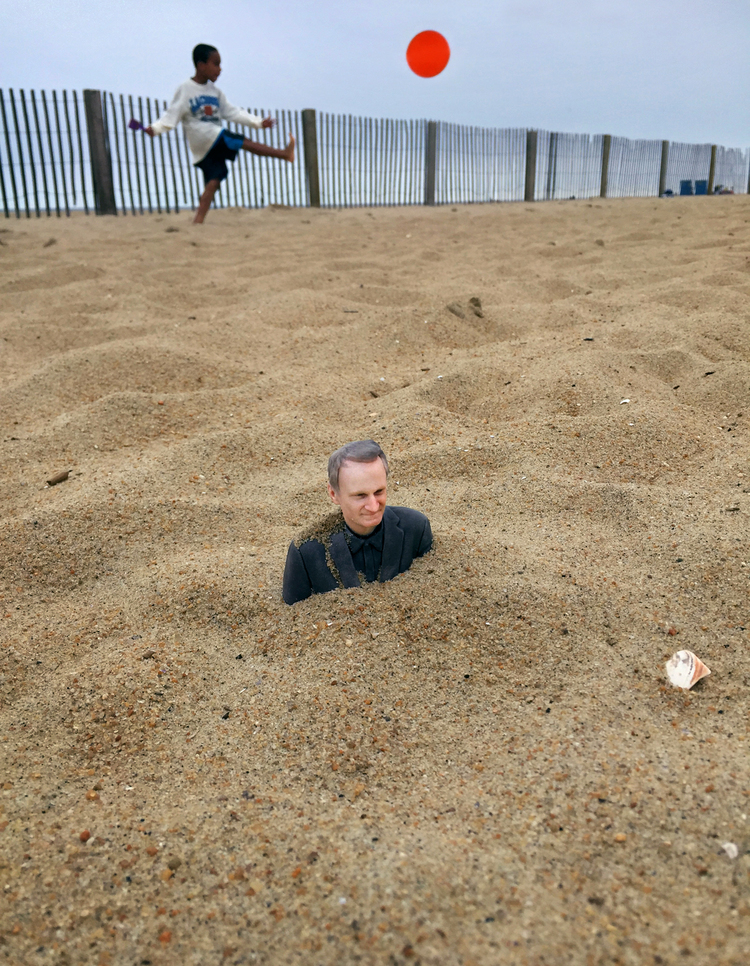
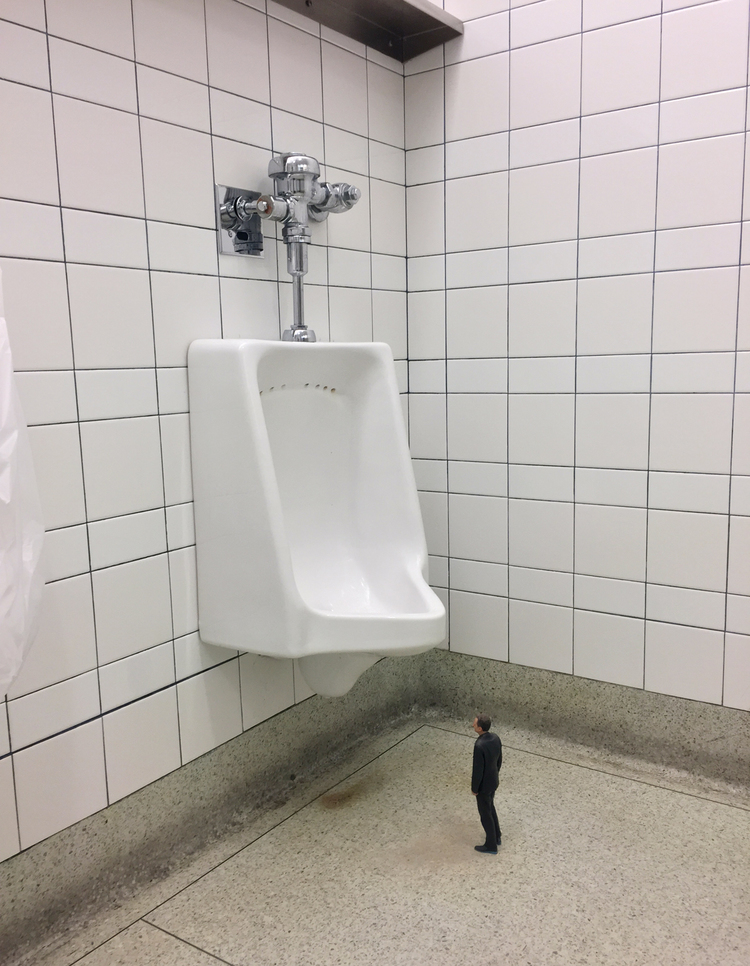
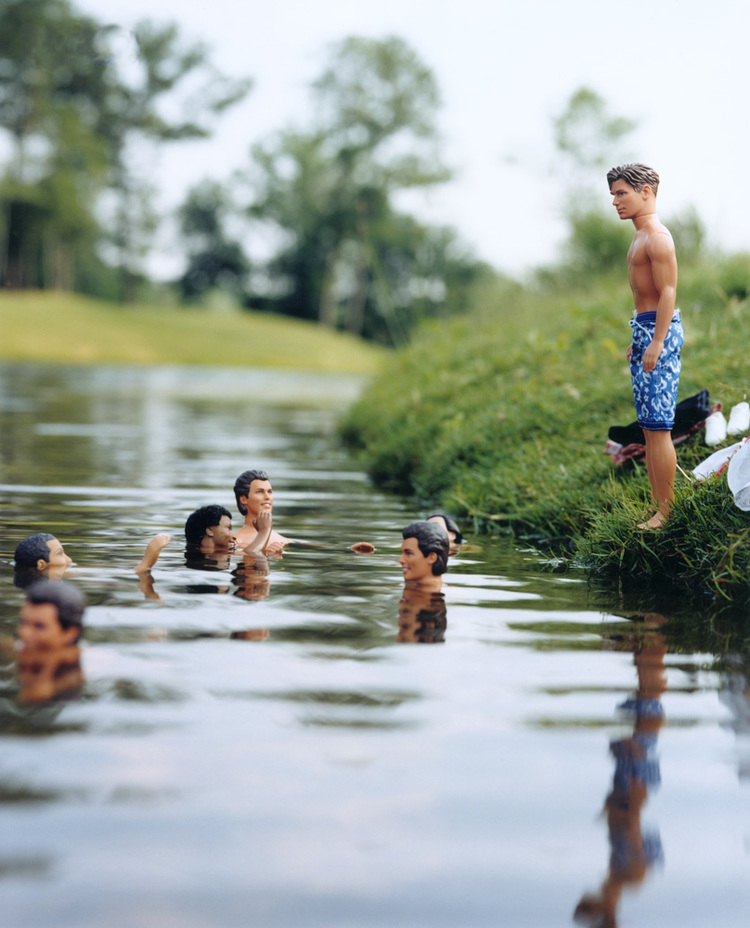
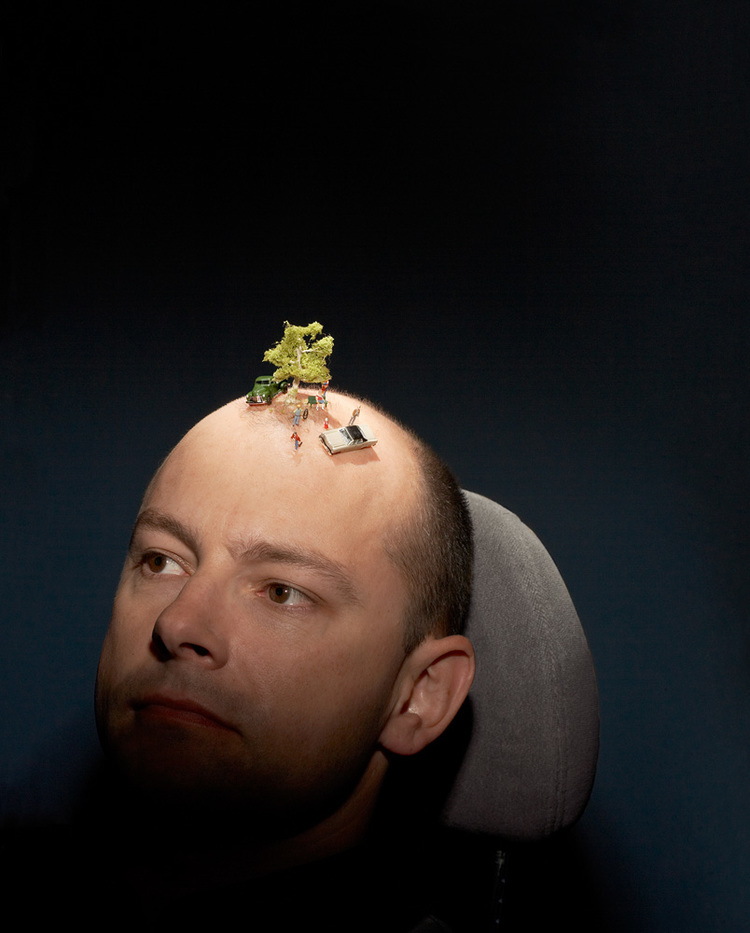
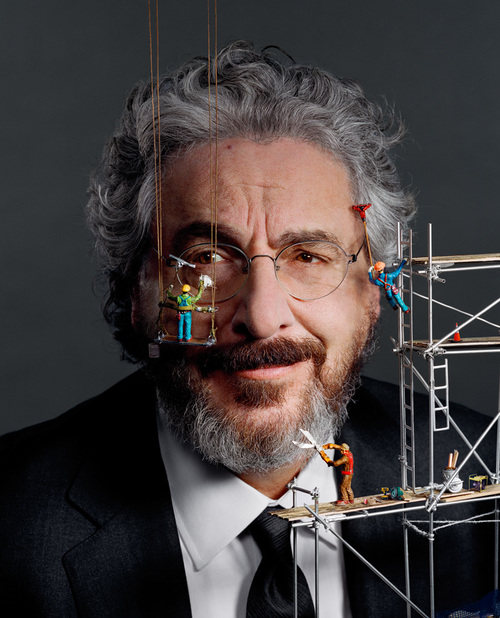
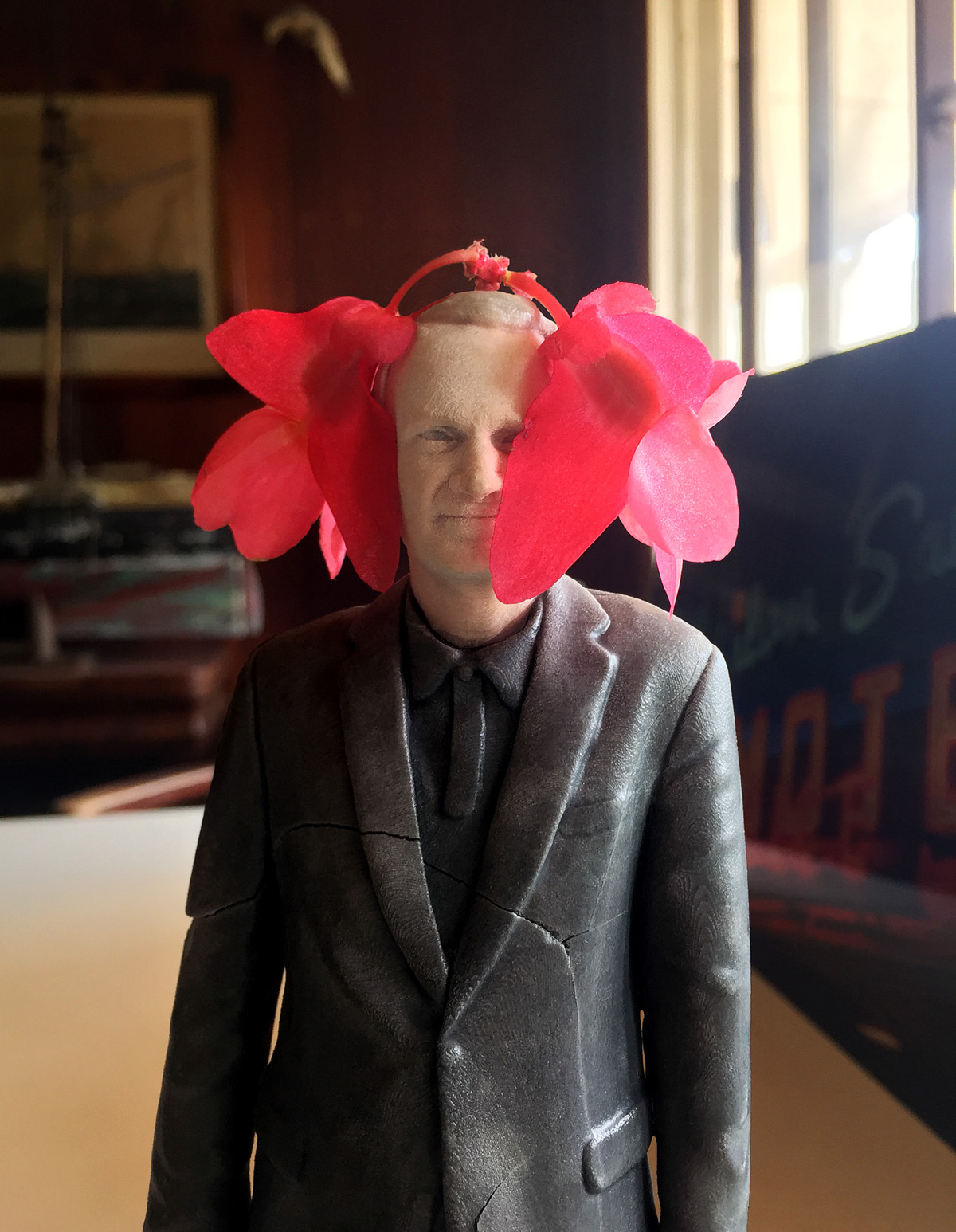
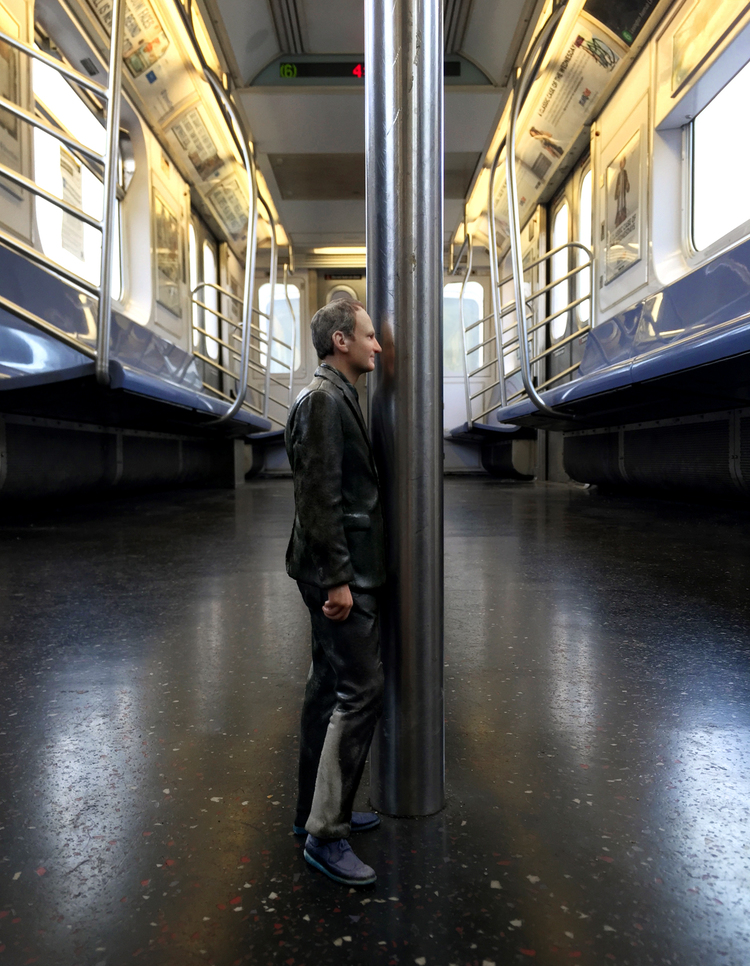
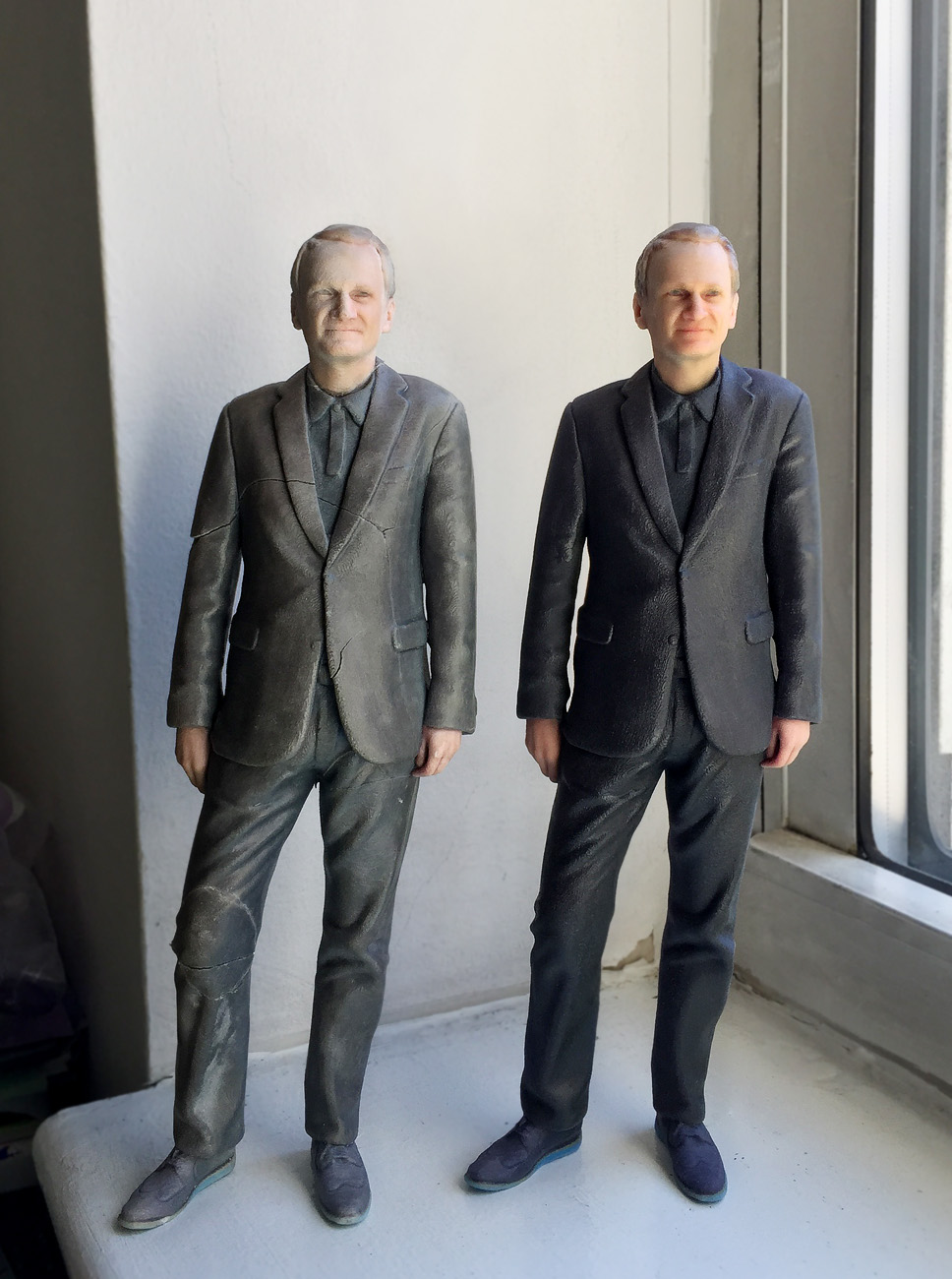
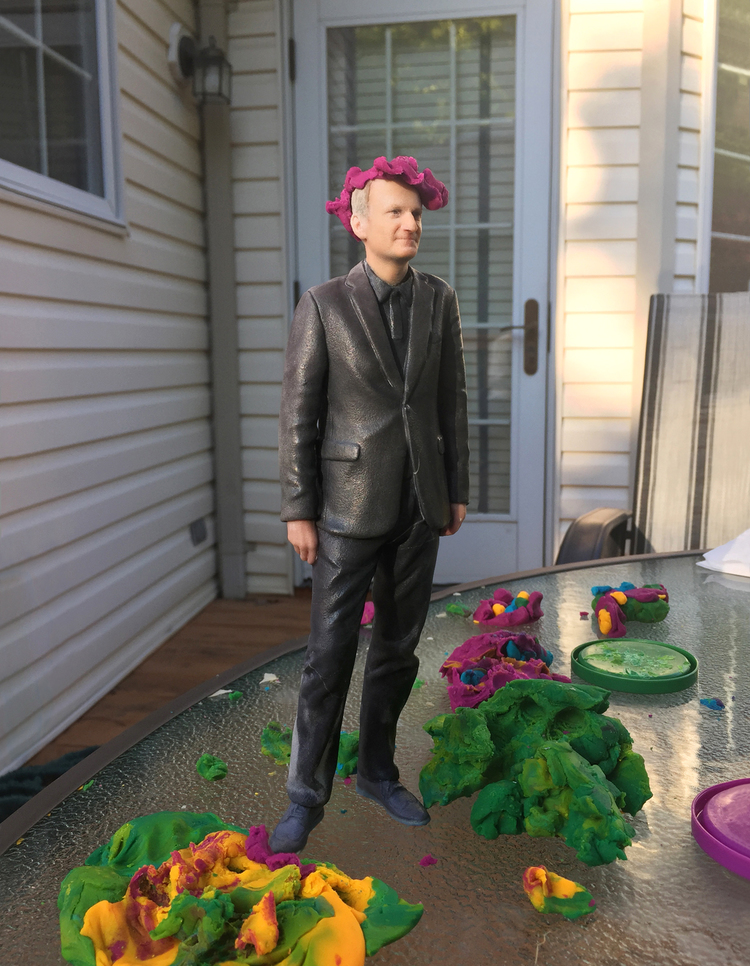


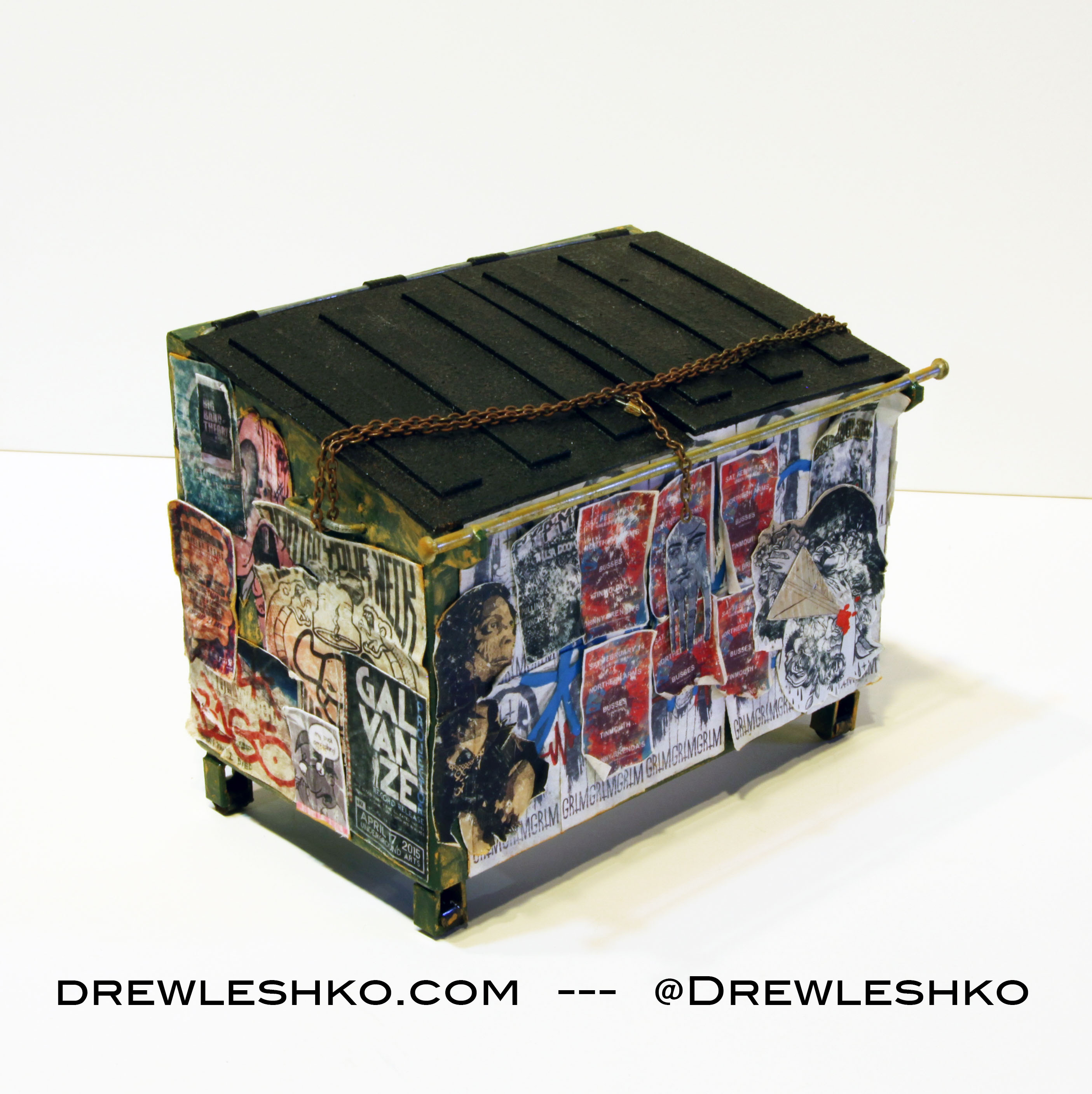
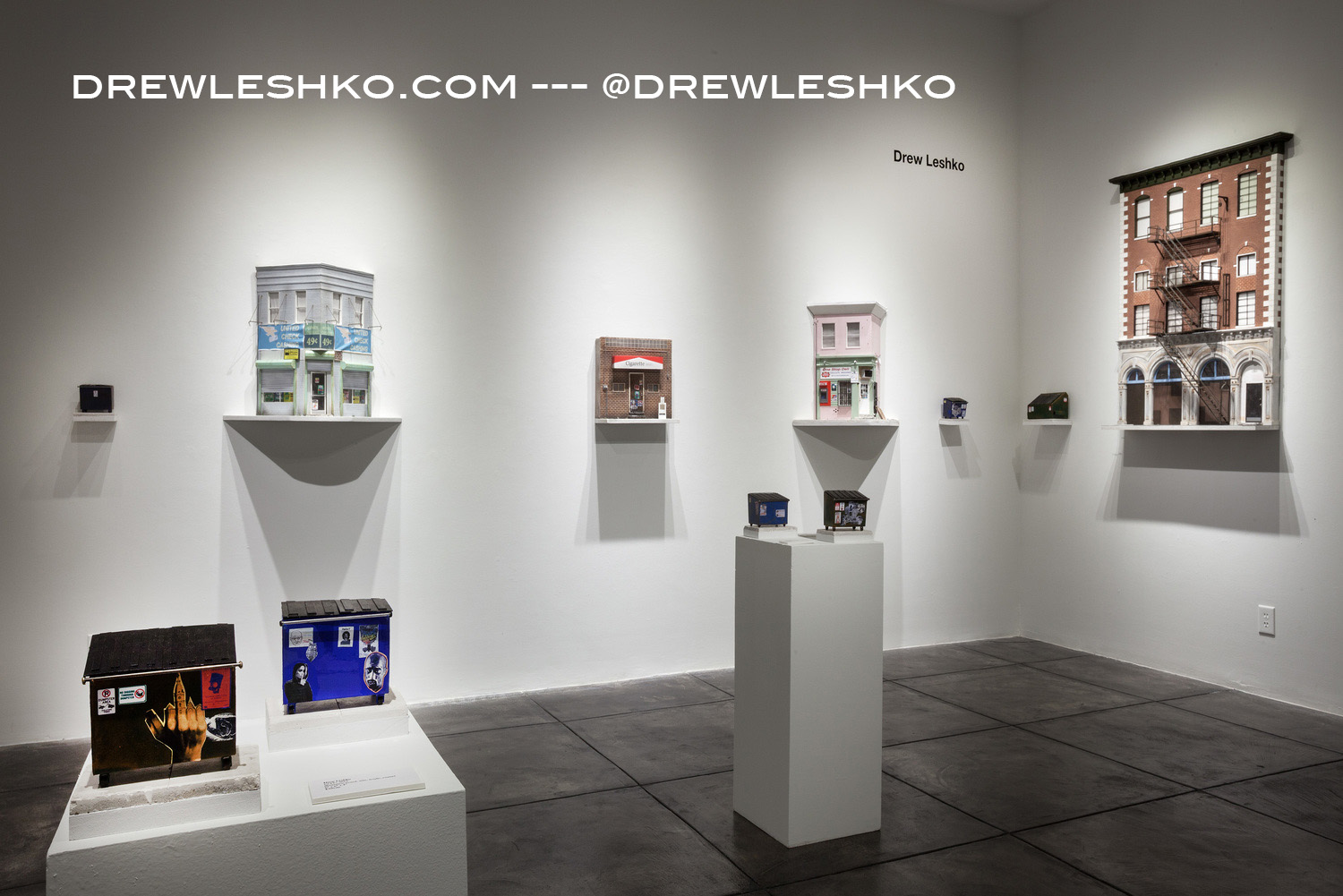
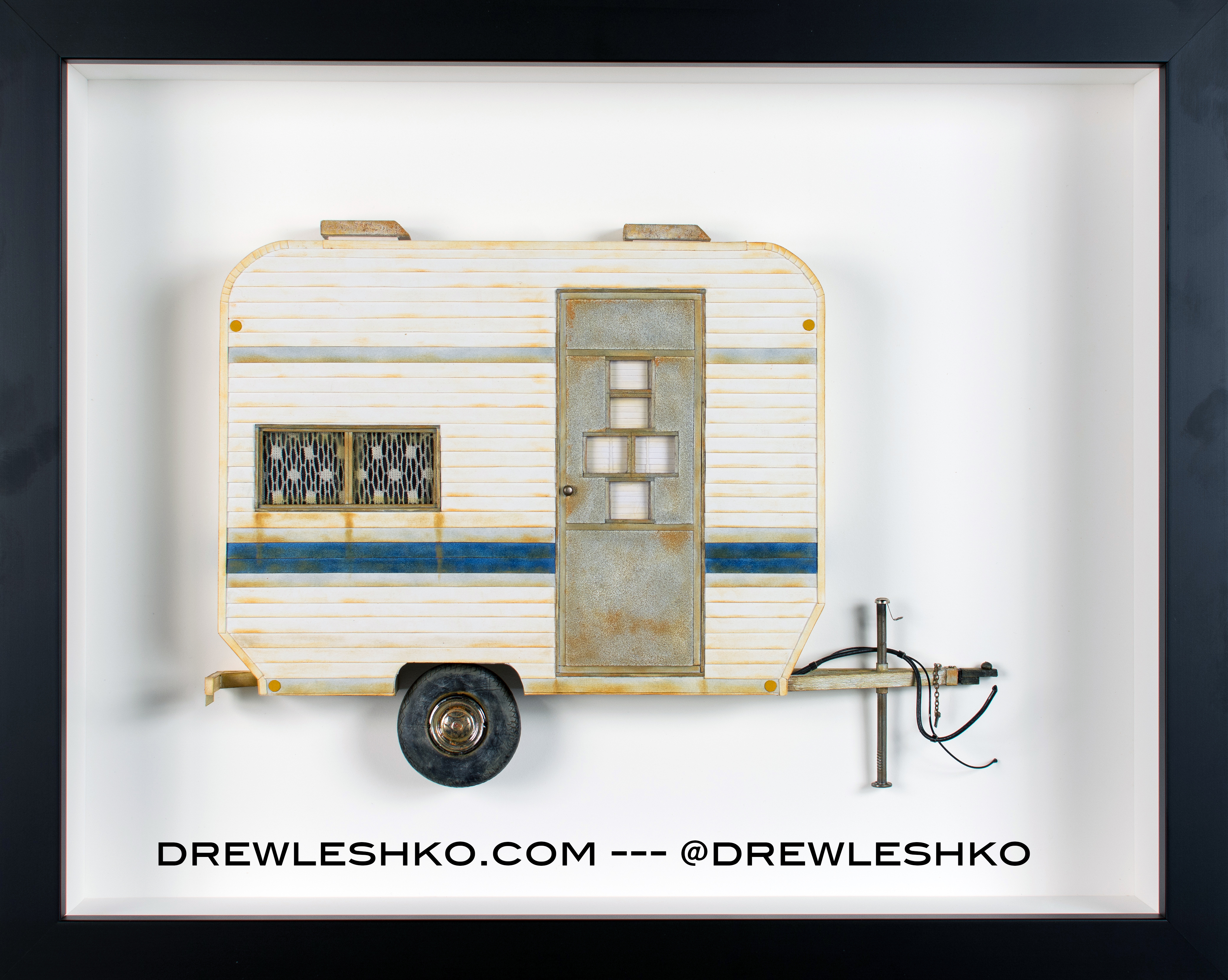
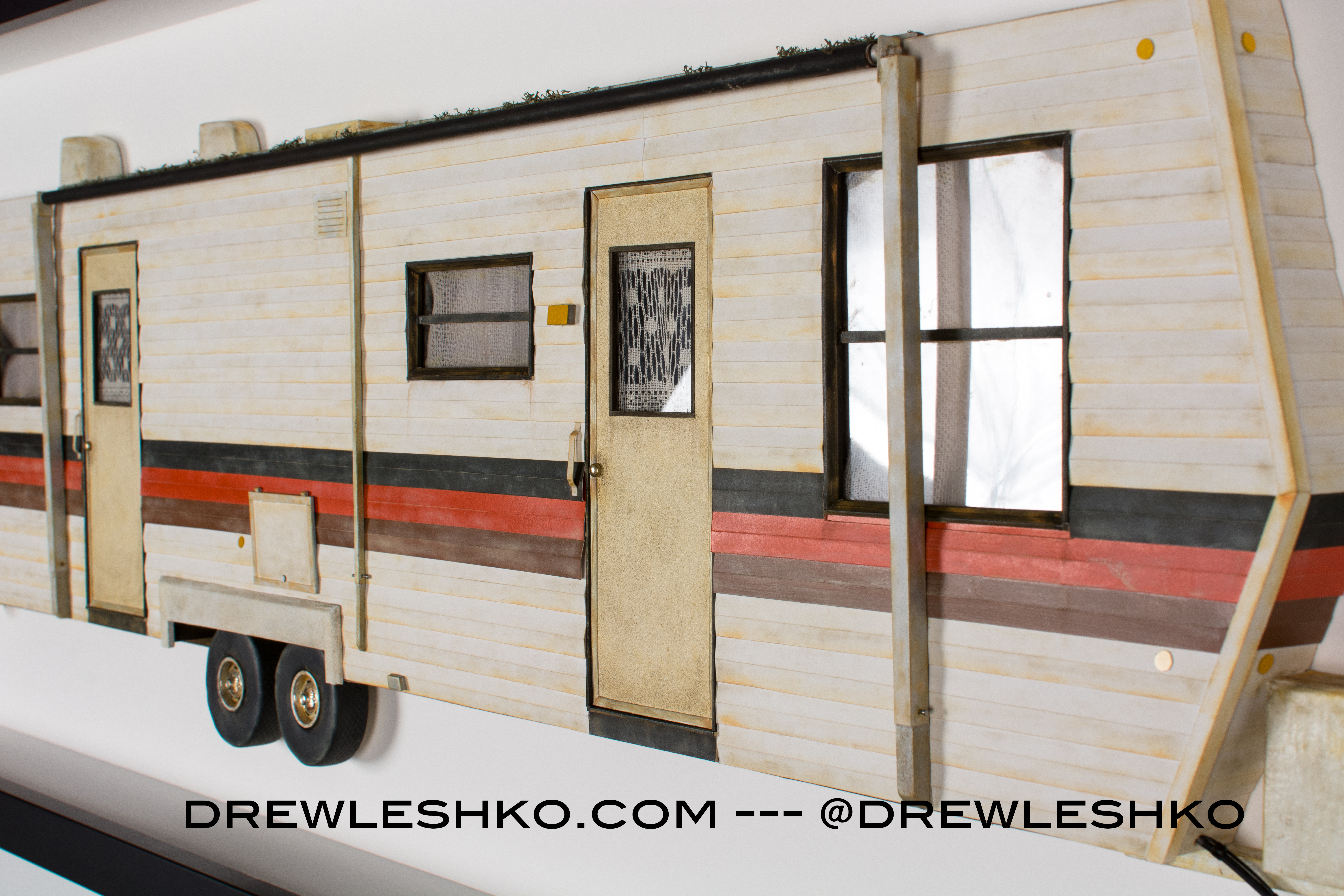
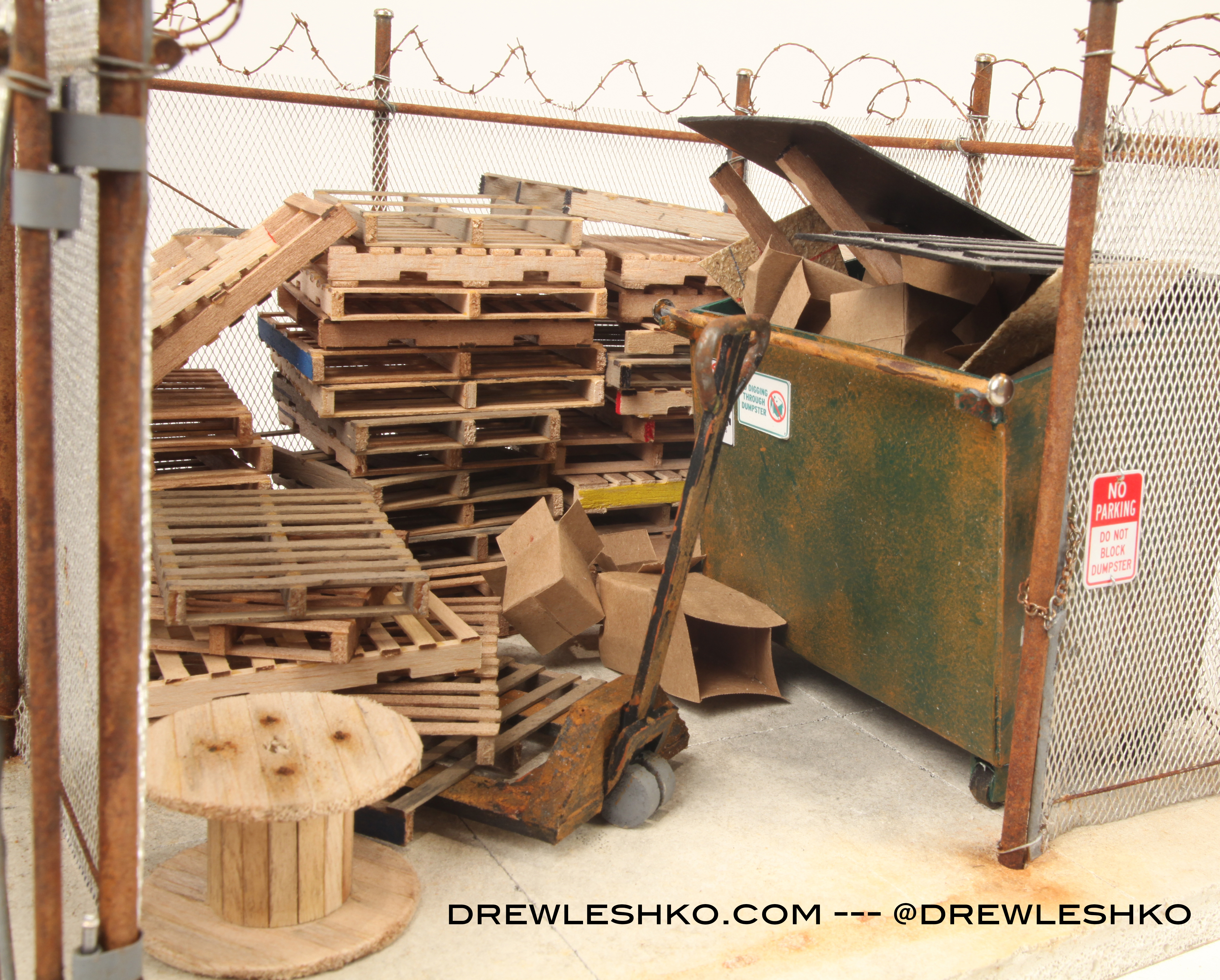
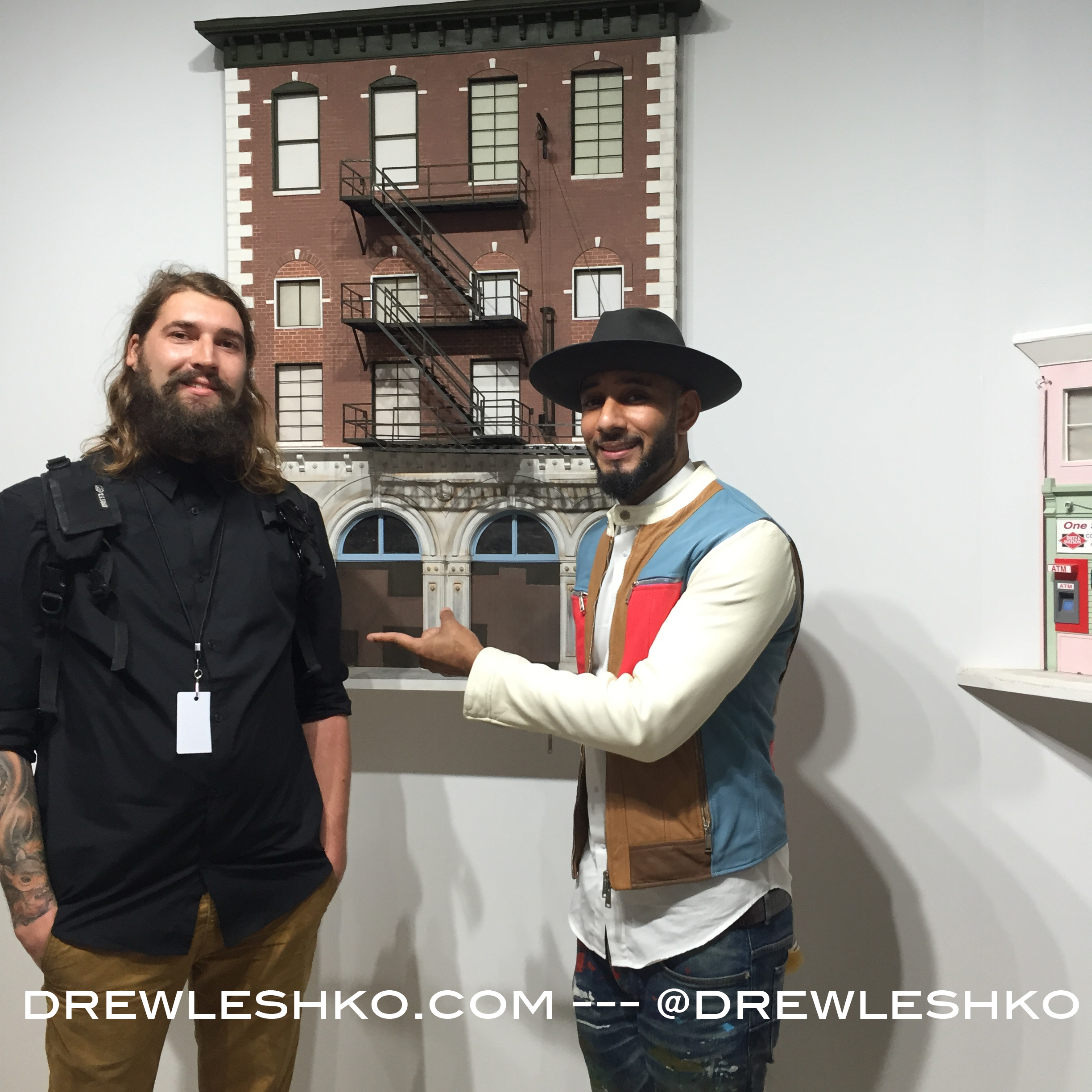
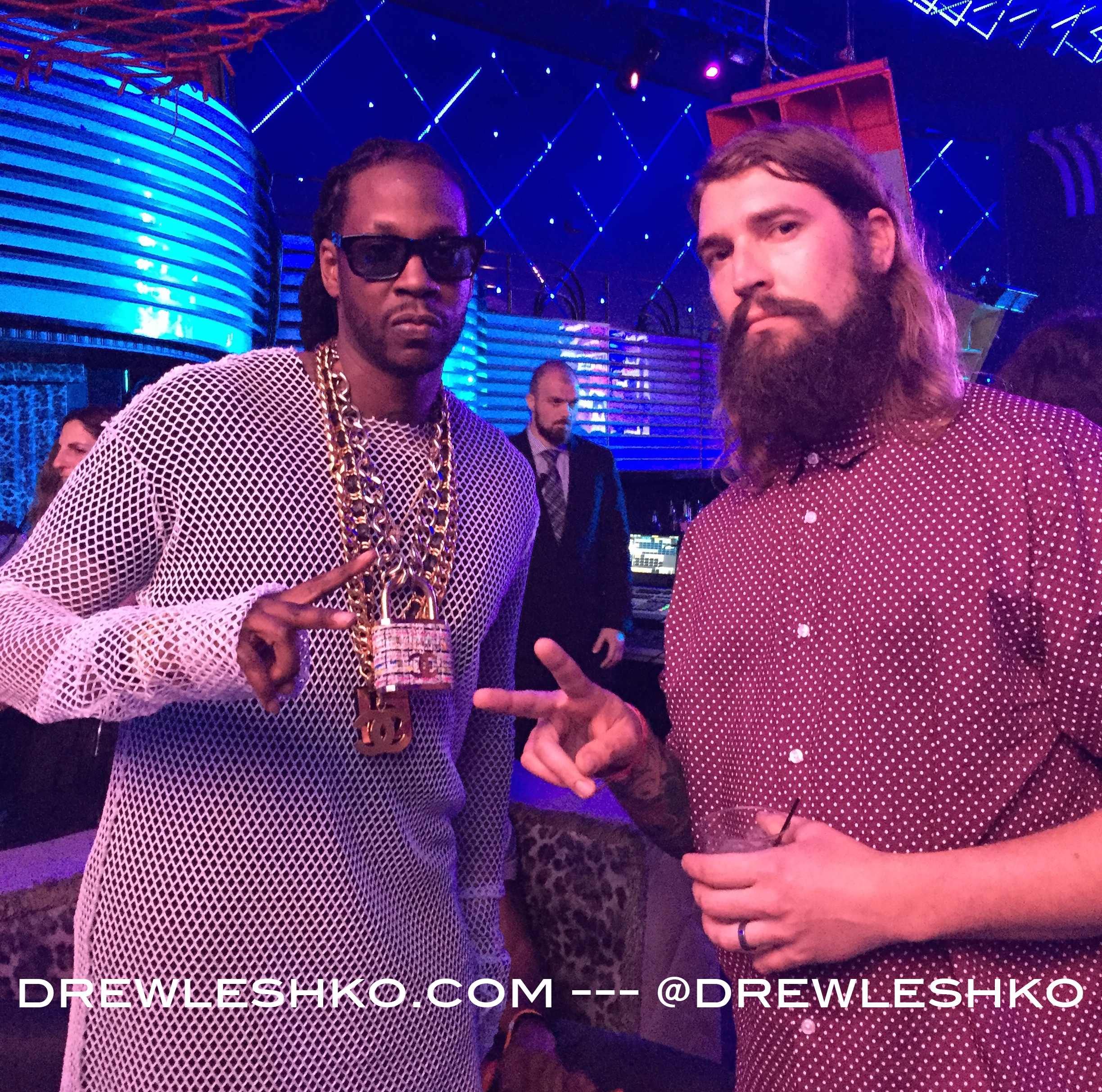
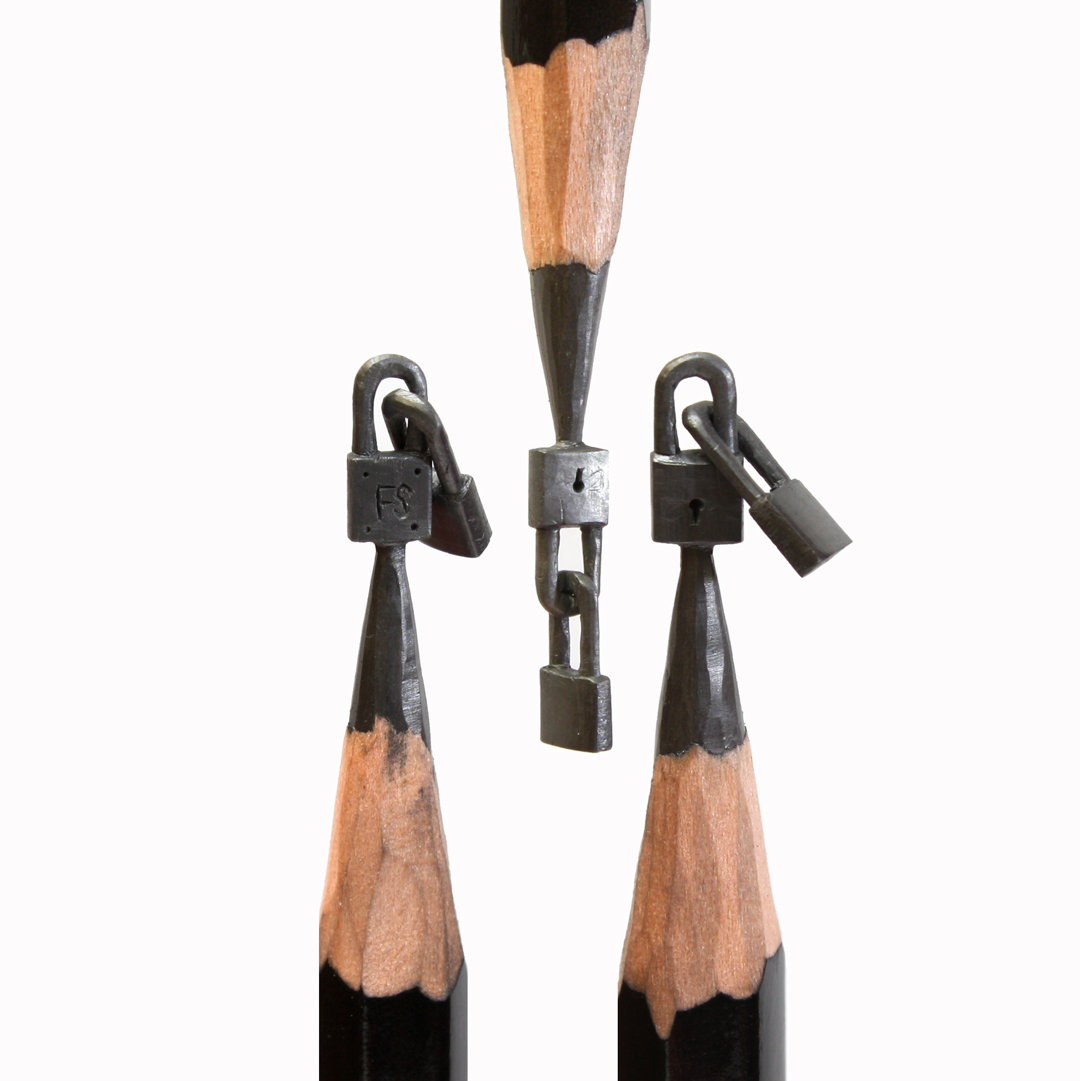
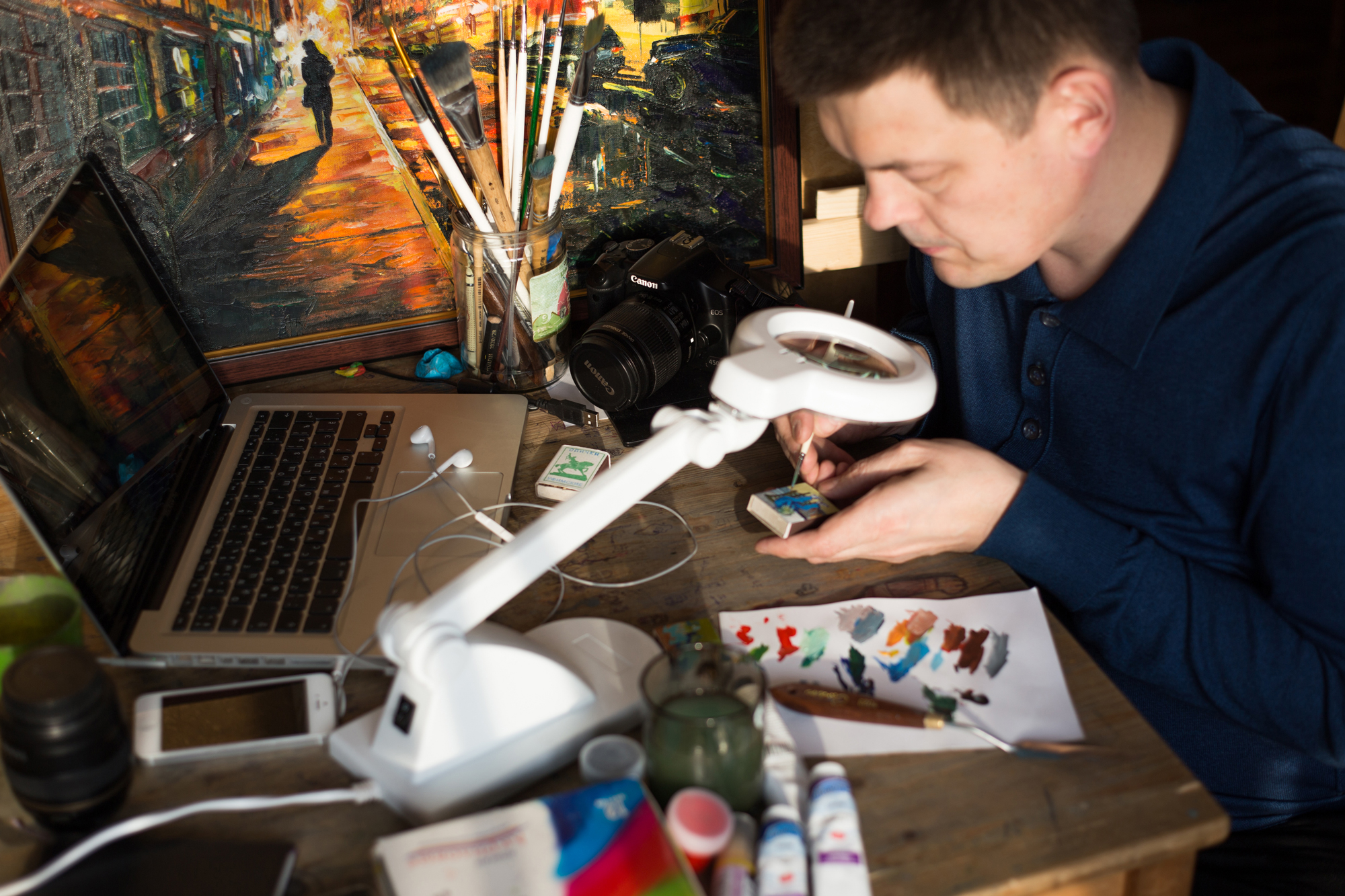
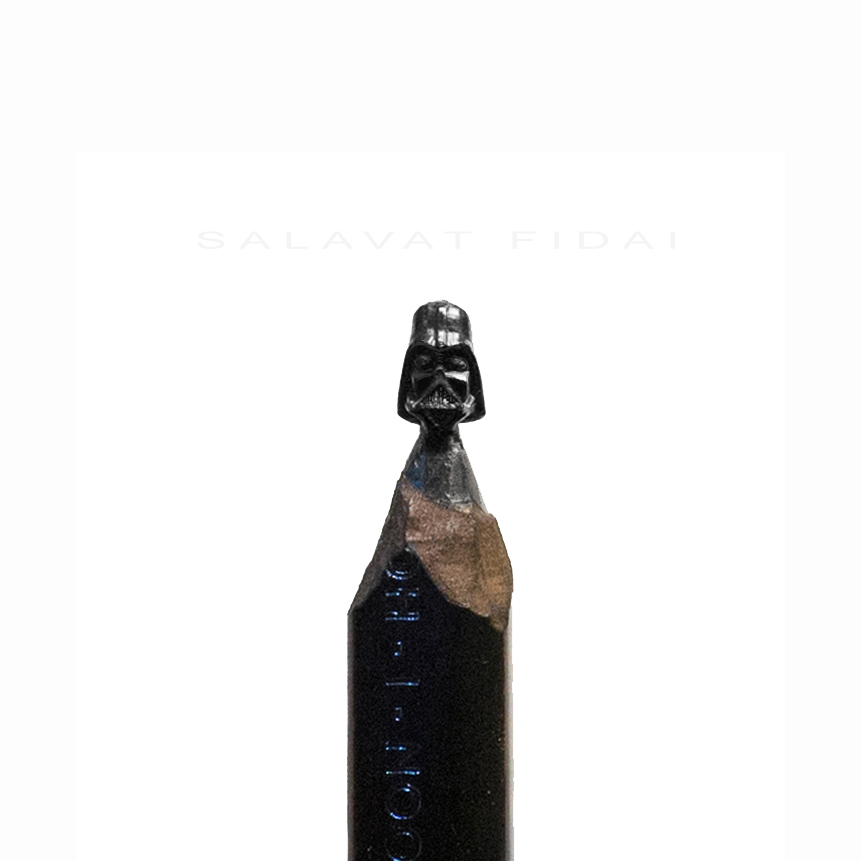
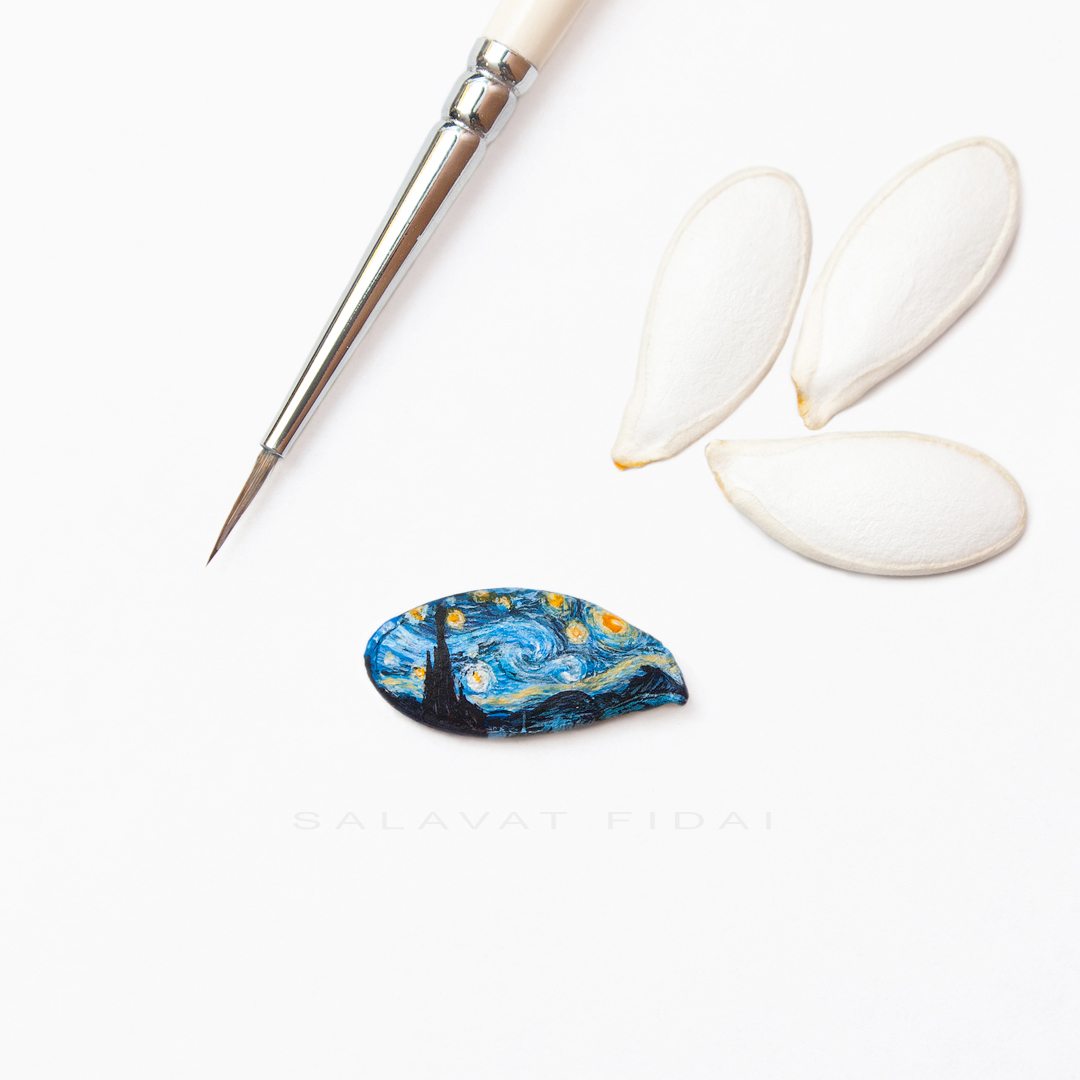
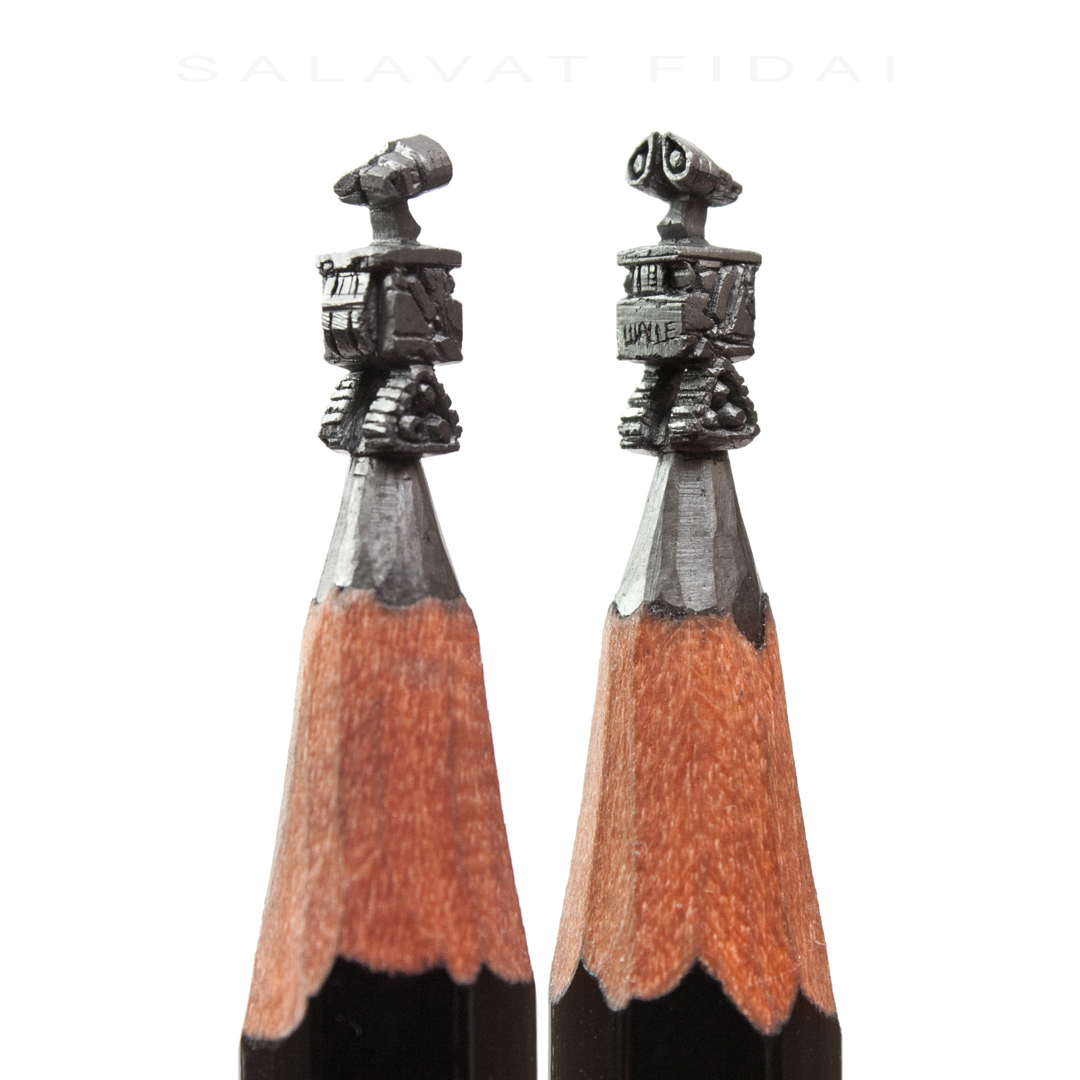
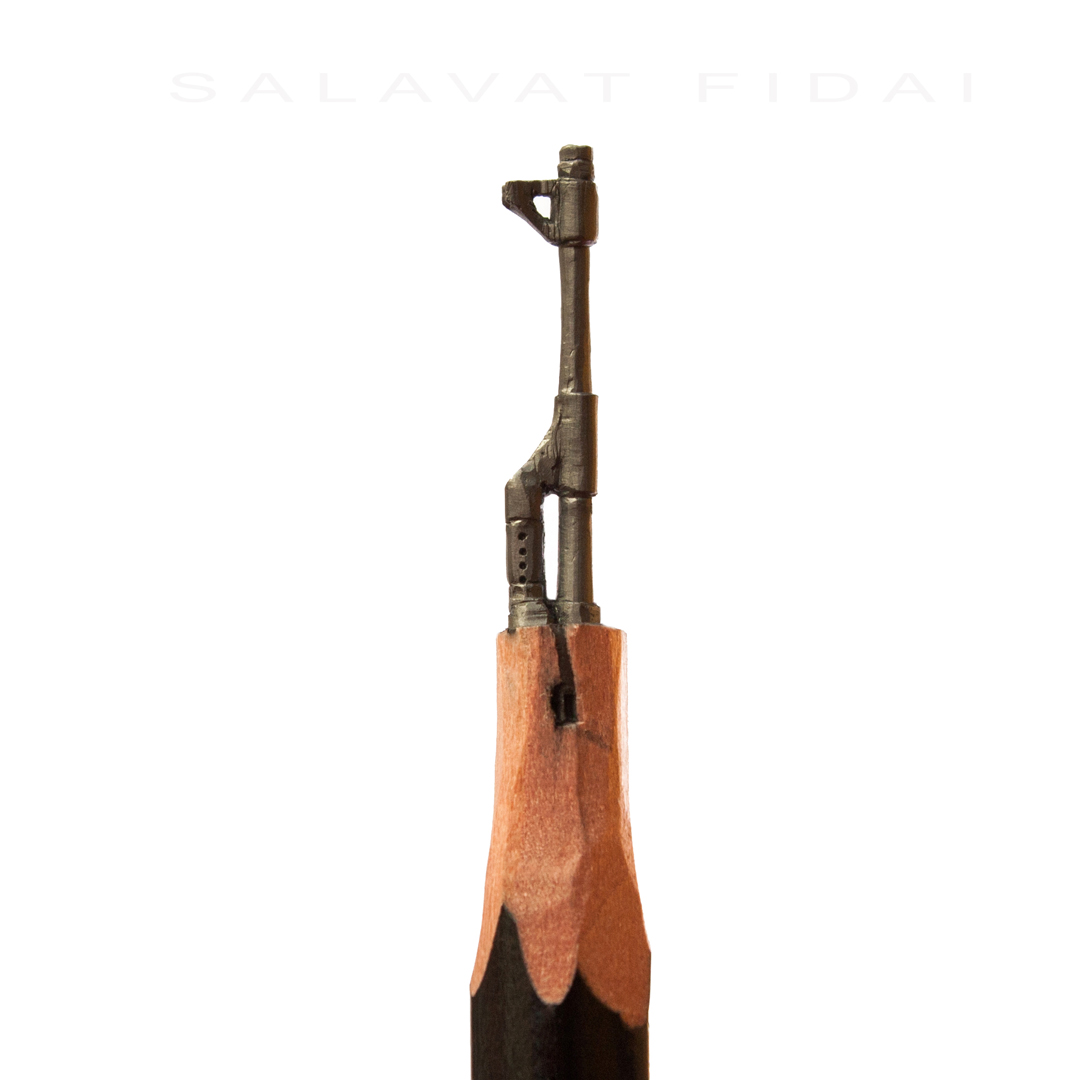
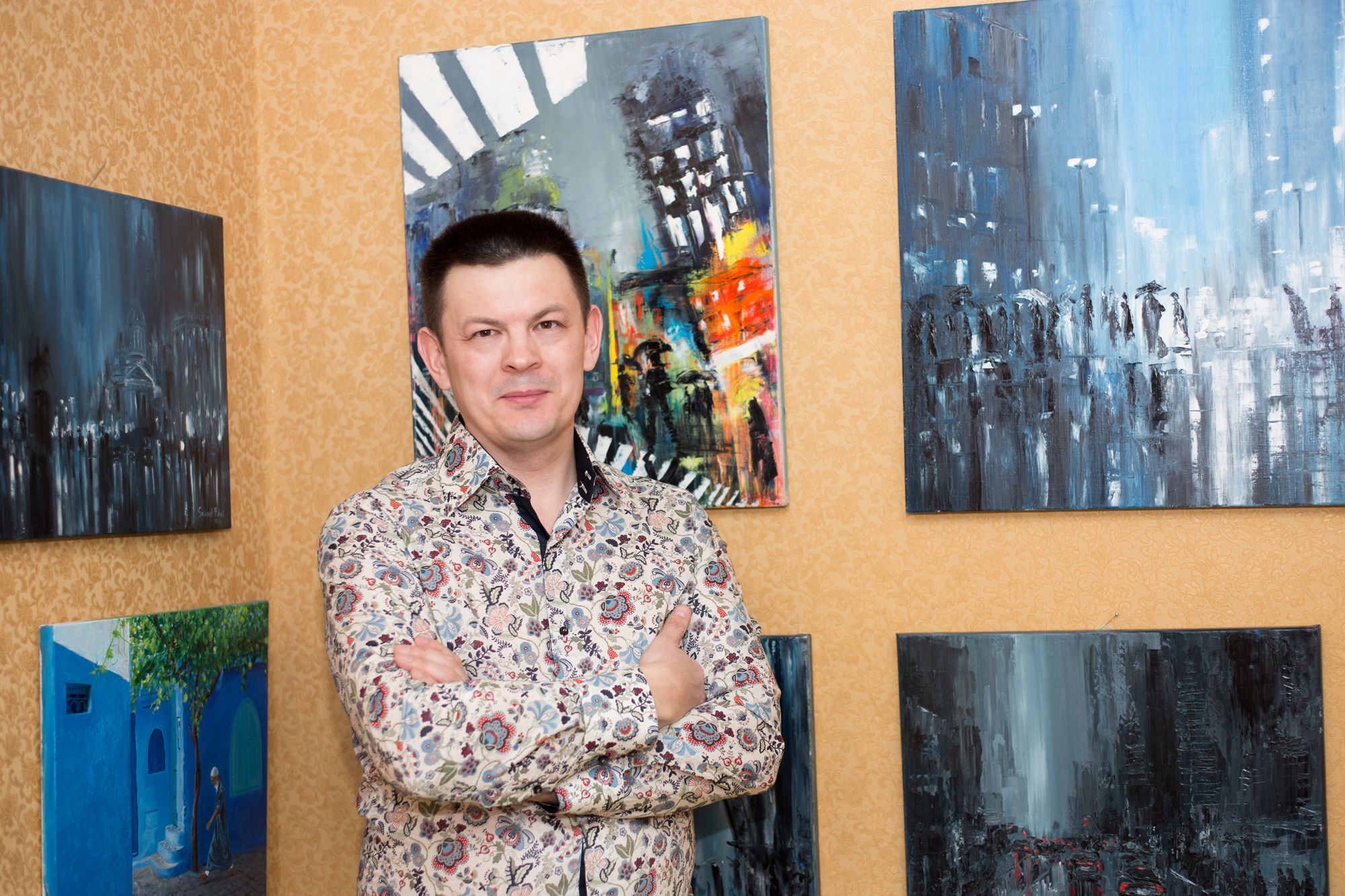
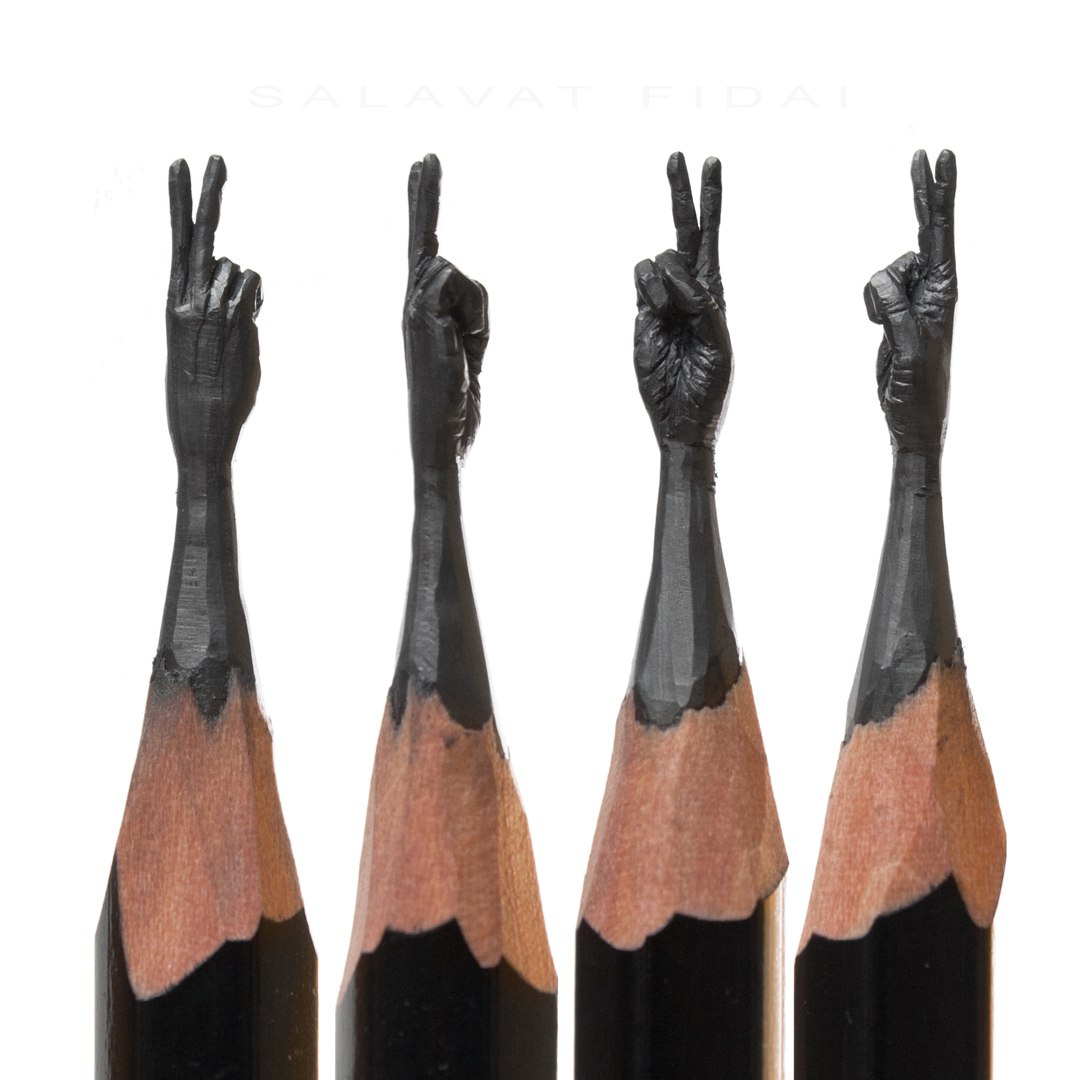

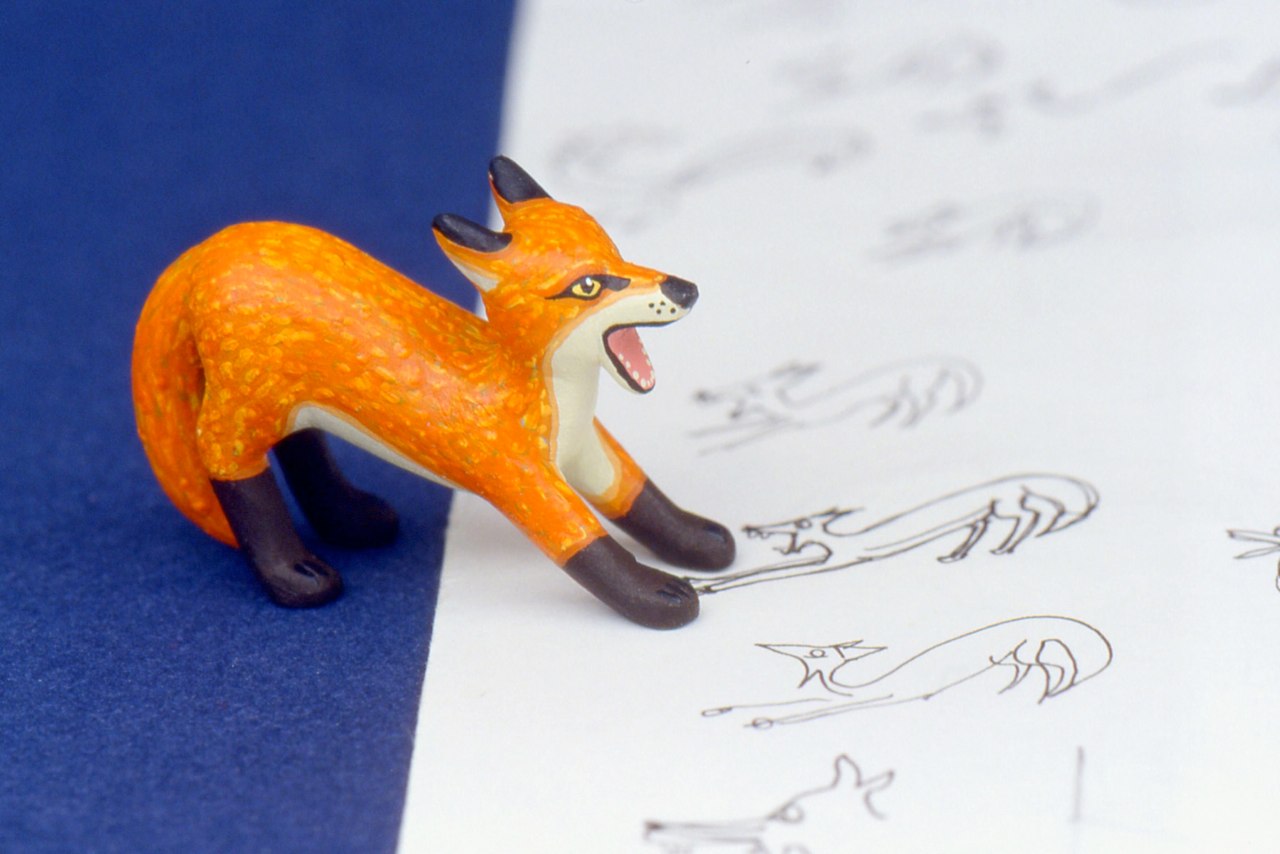
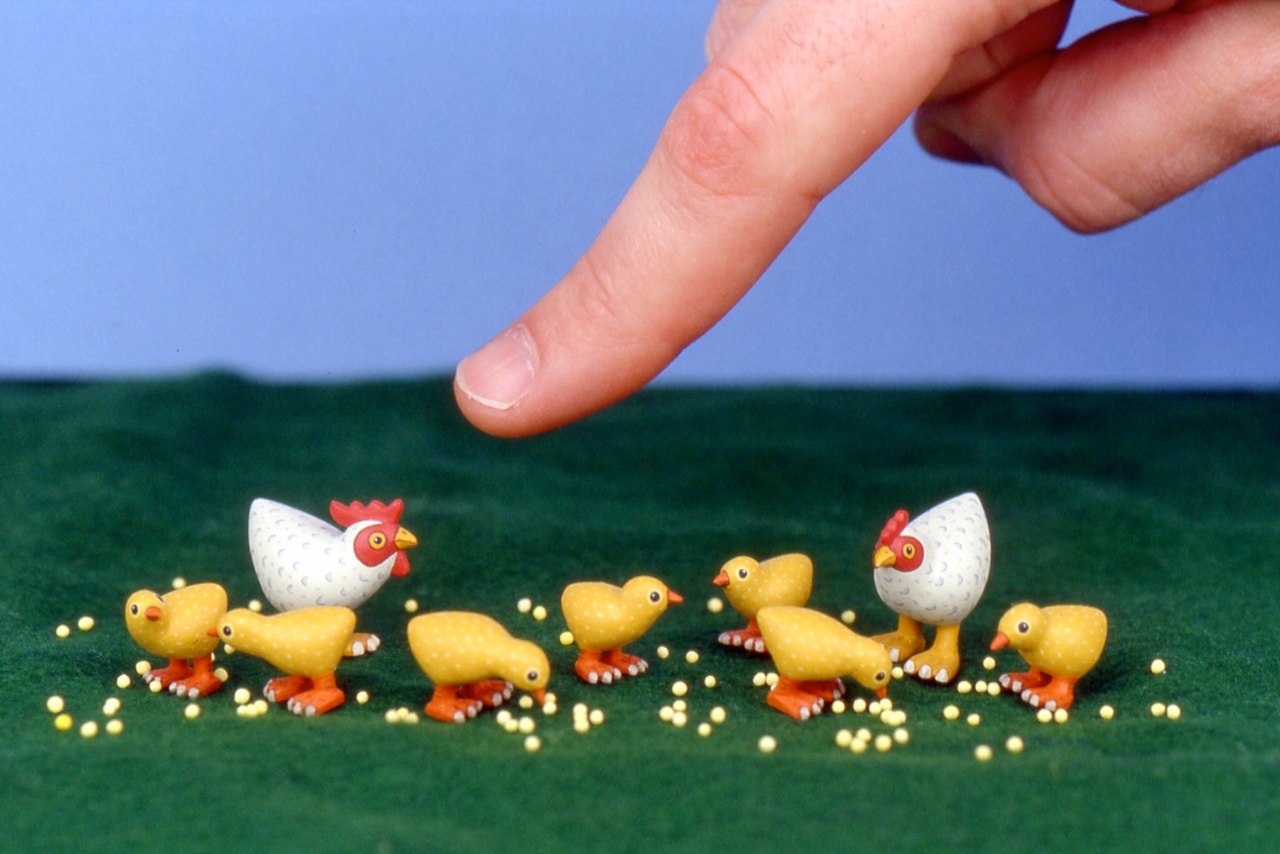
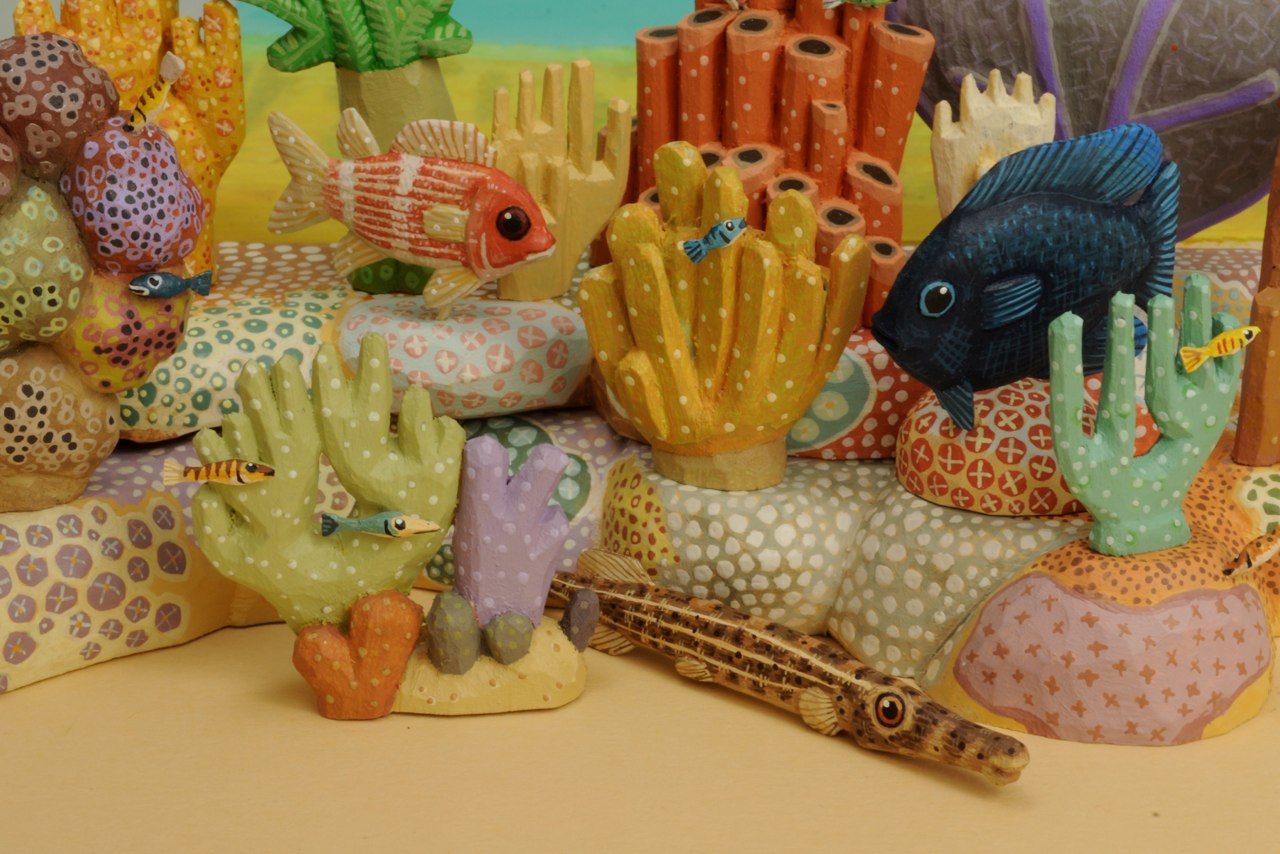
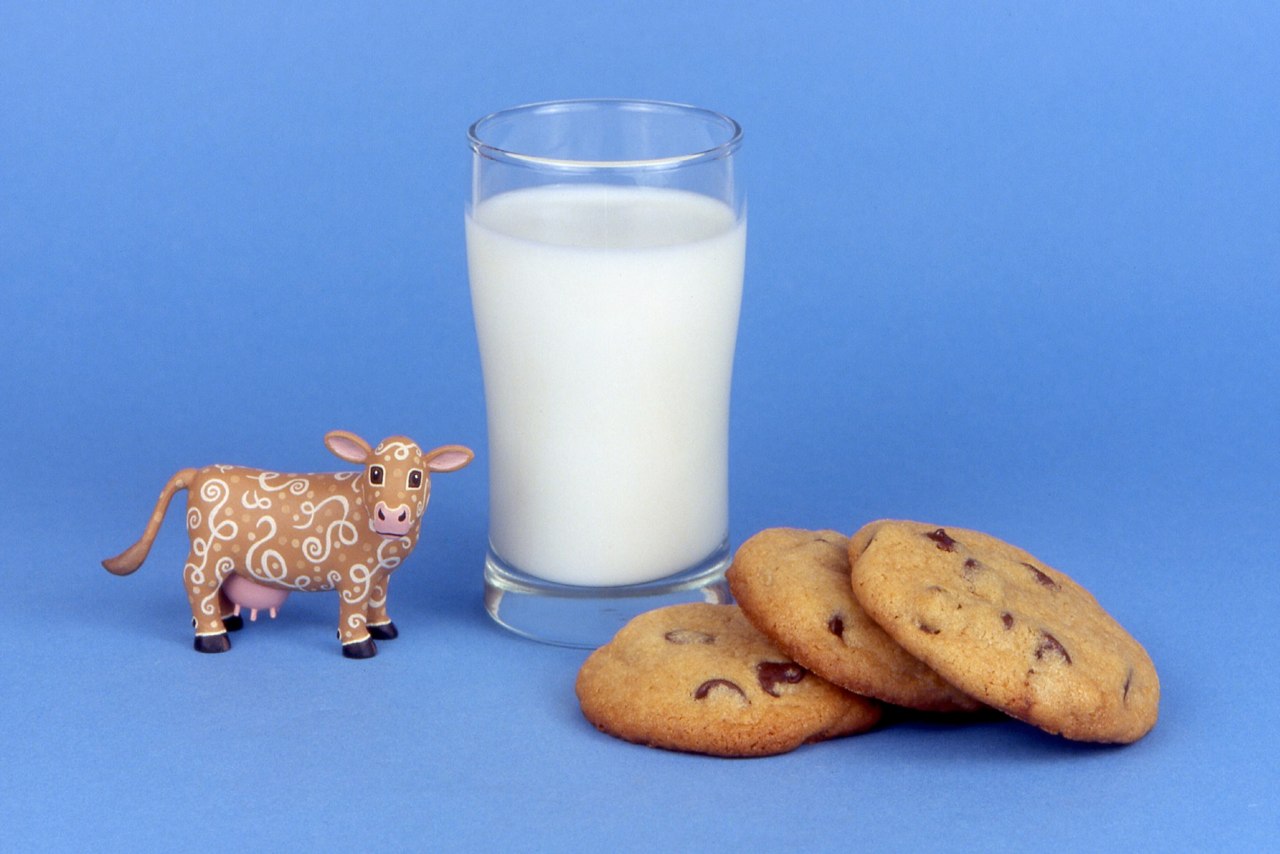
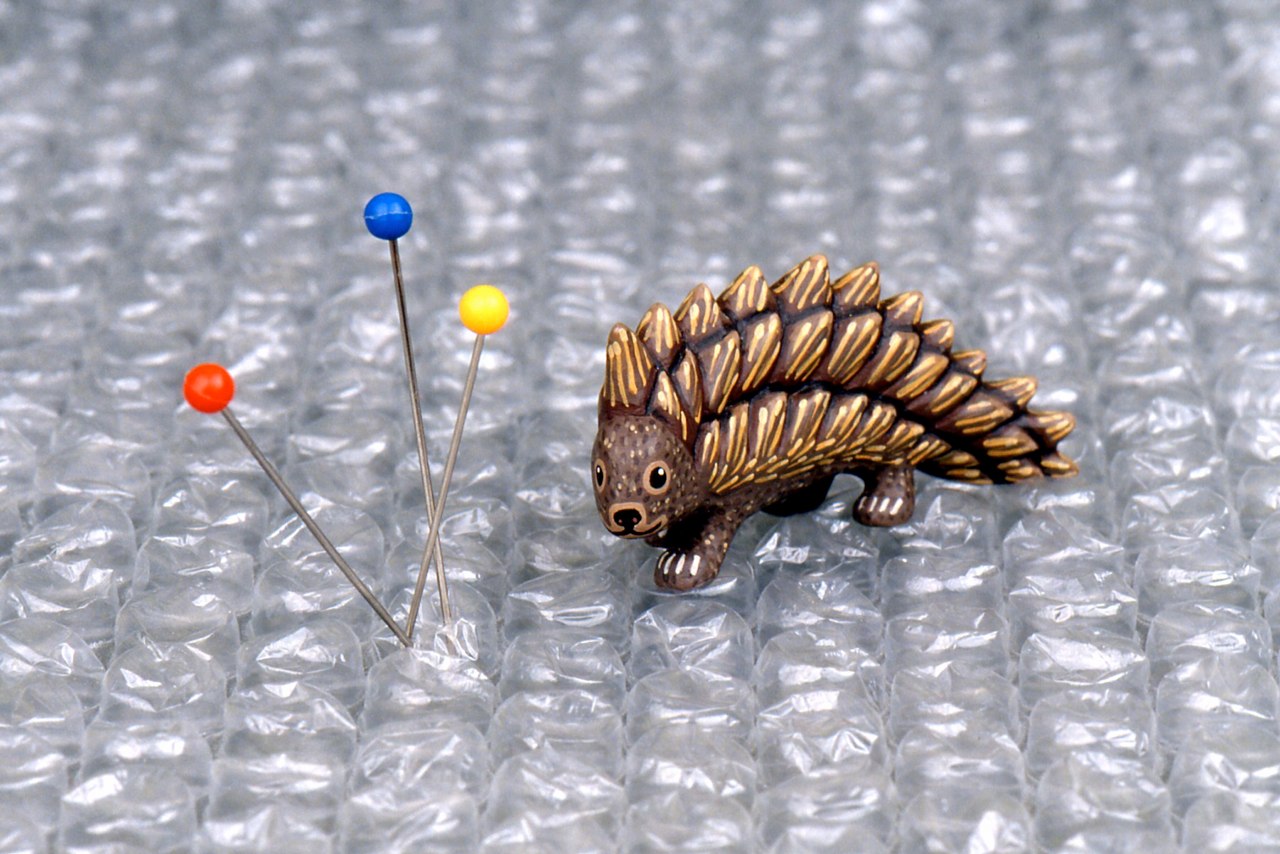
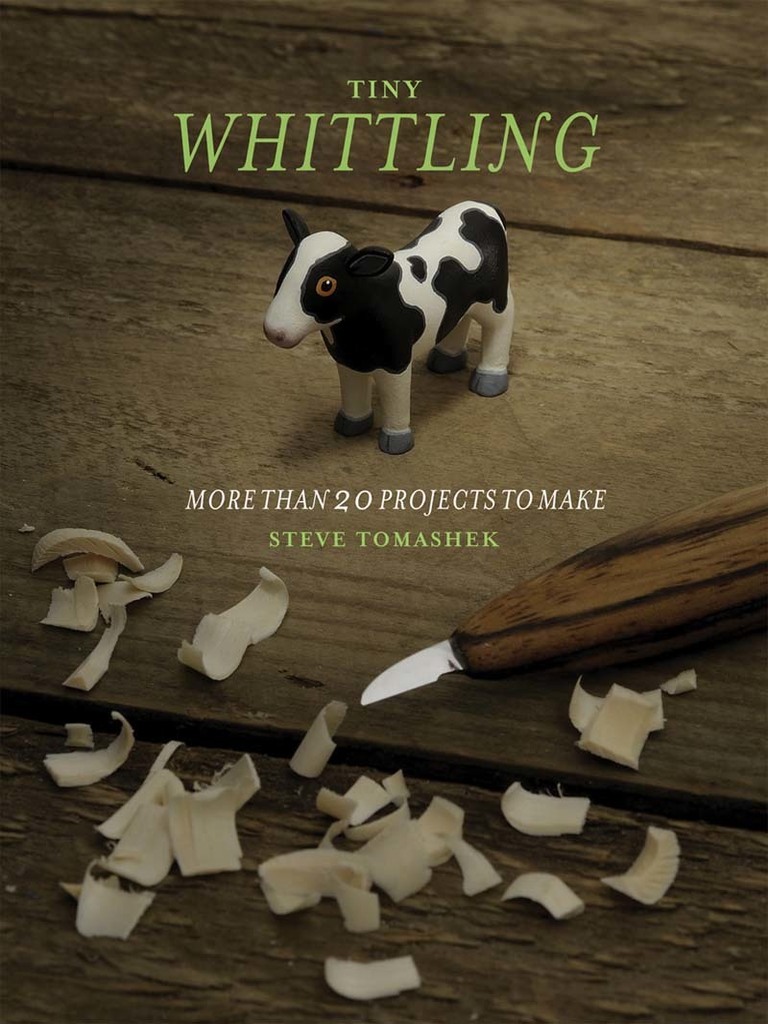 Carving every day provides a rhythm to my life. Previously, I would carve for 12-16 hours at a time and then crash. I have found a better balance today where I can divide my time between other projects. I enjoy writing, working on projects in the garden, and spending time with my wife and animals. I work on
Carving every day provides a rhythm to my life. Previously, I would carve for 12-16 hours at a time and then crash. I have found a better balance today where I can divide my time between other projects. I enjoy writing, working on projects in the garden, and spending time with my wife and animals. I work on 